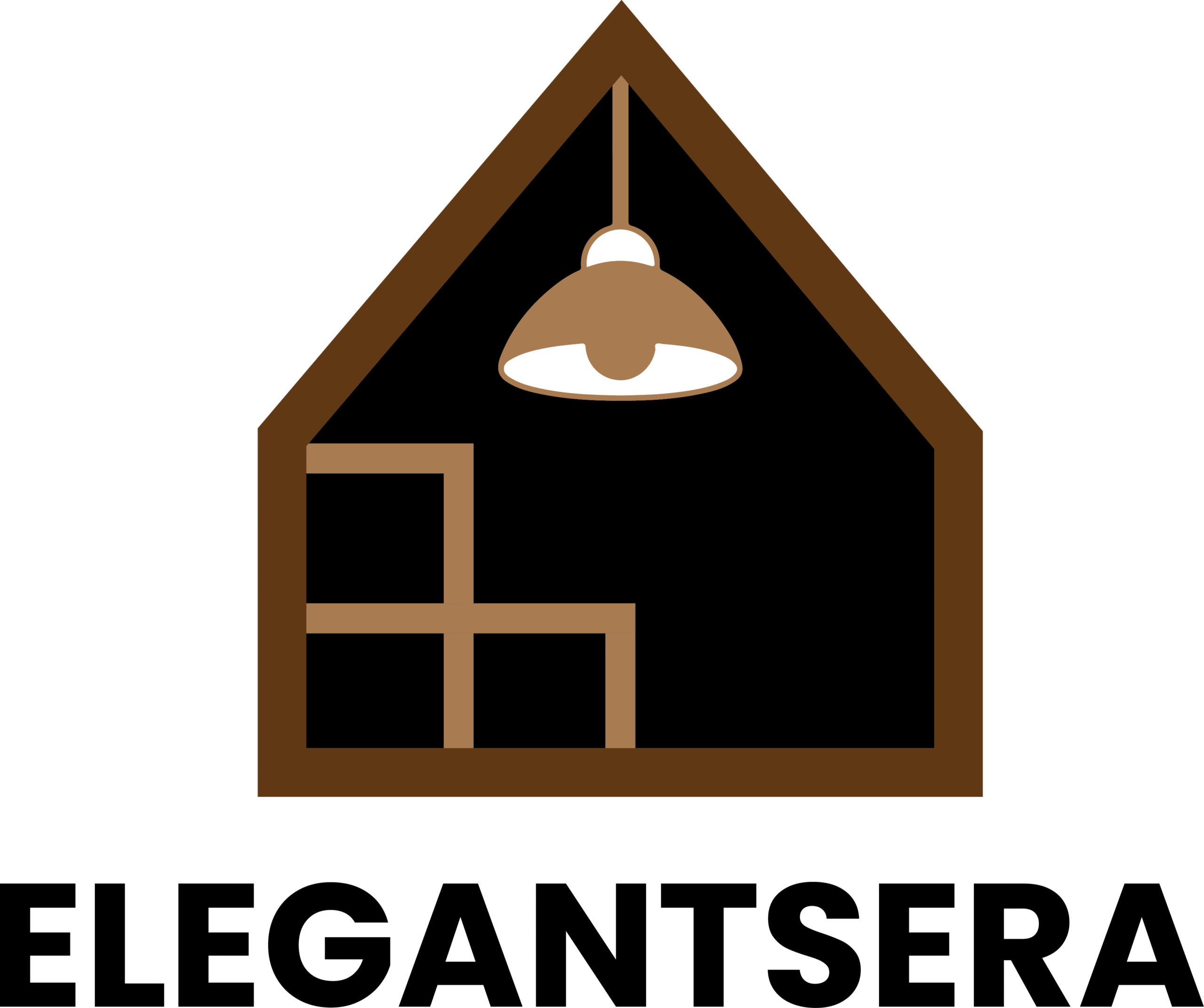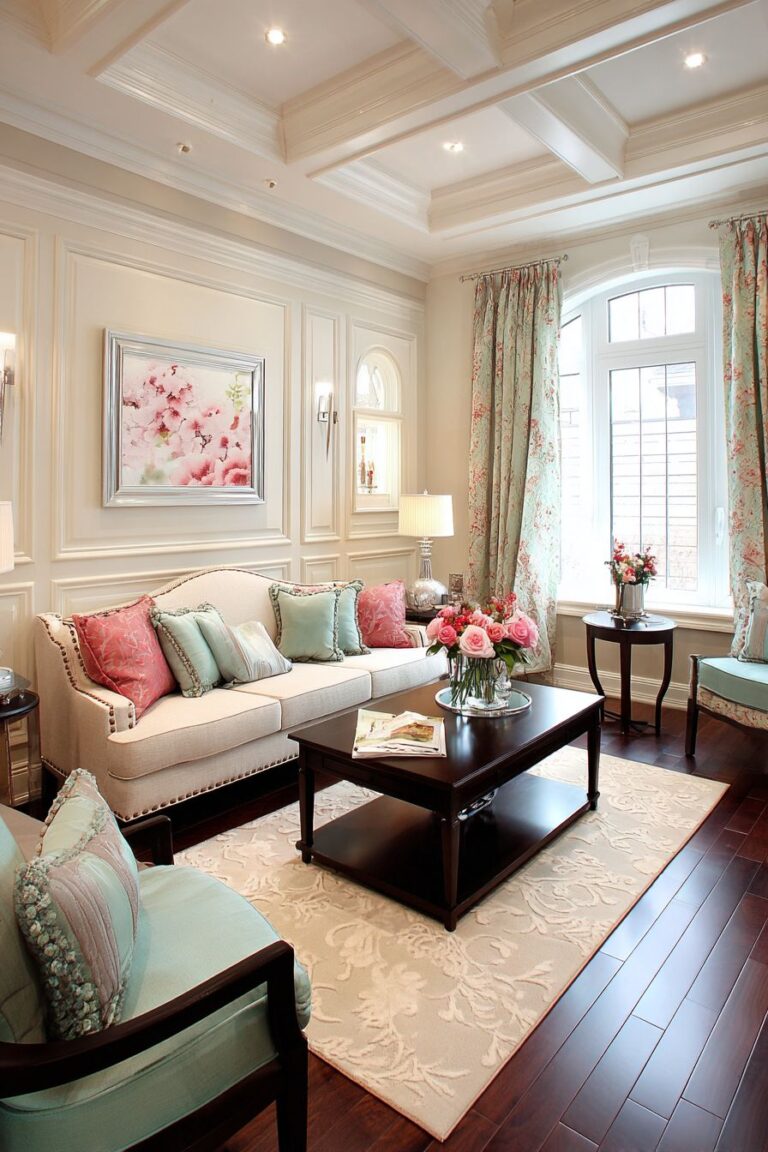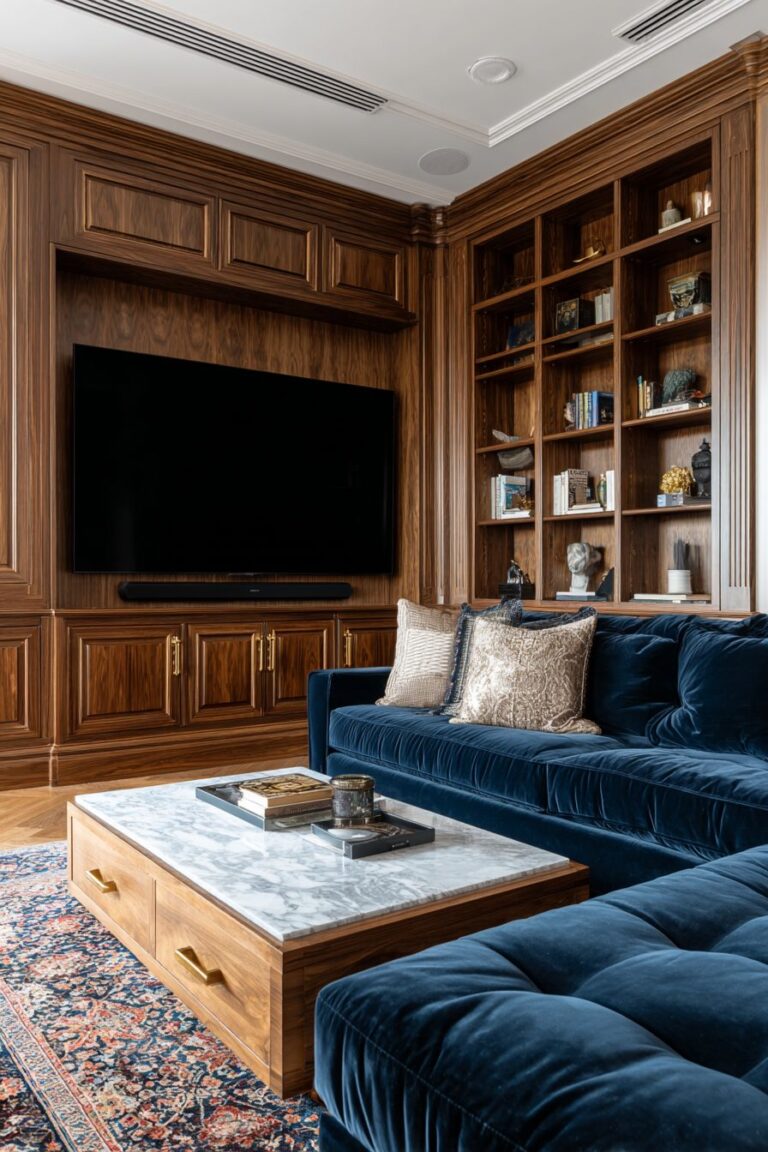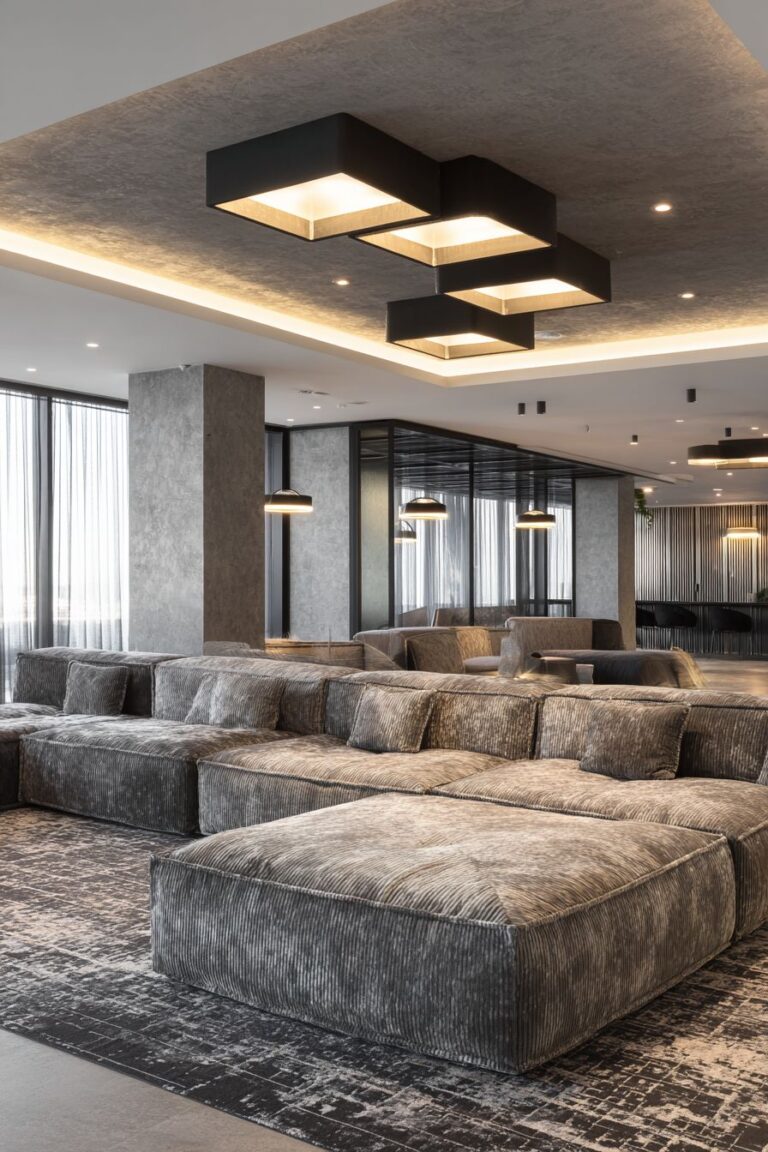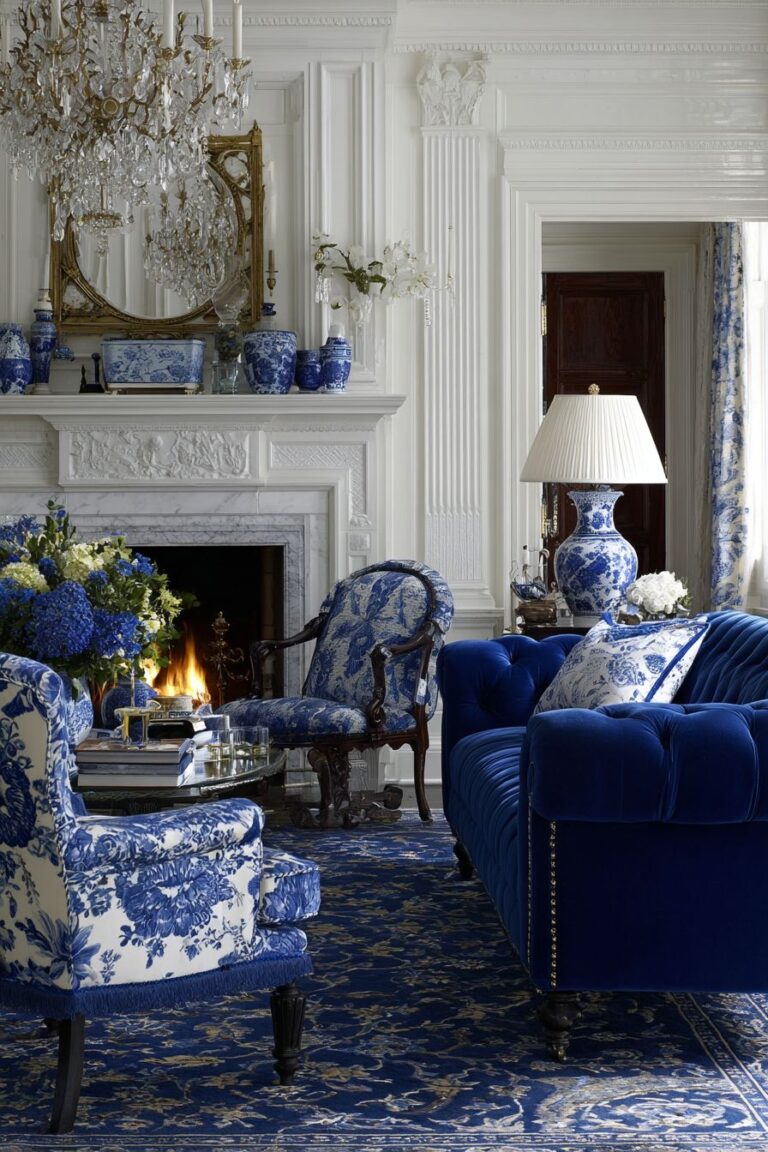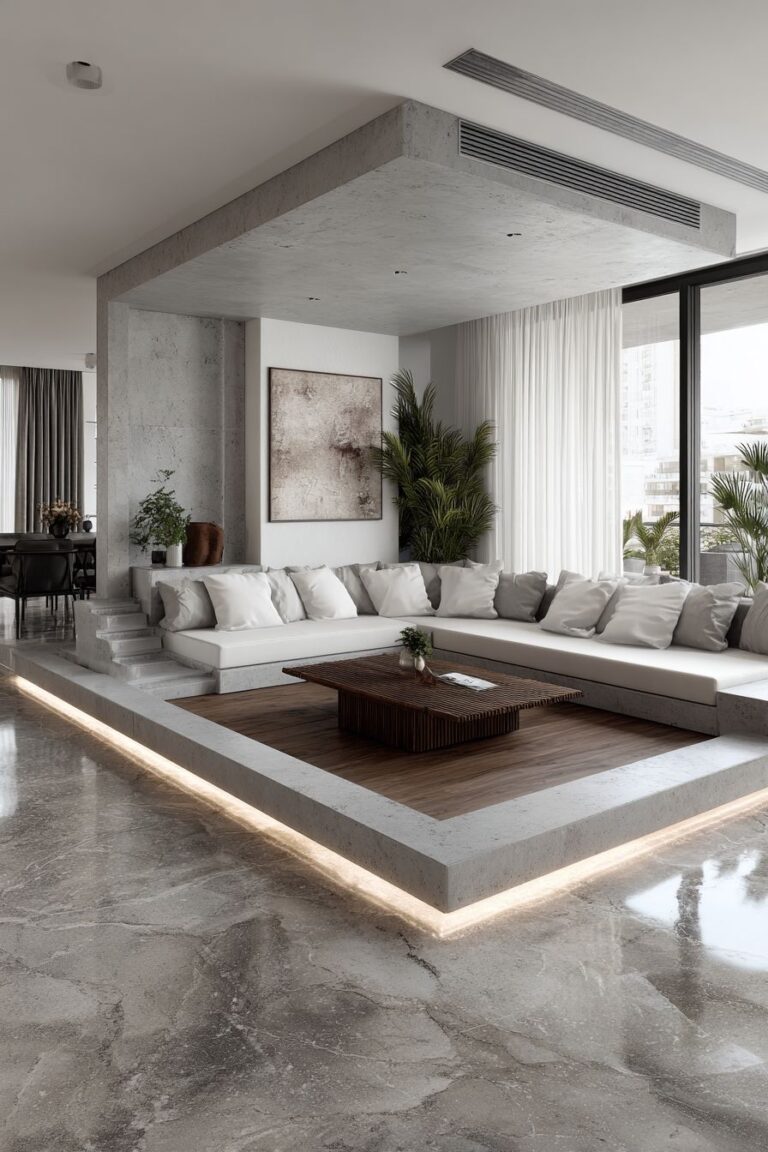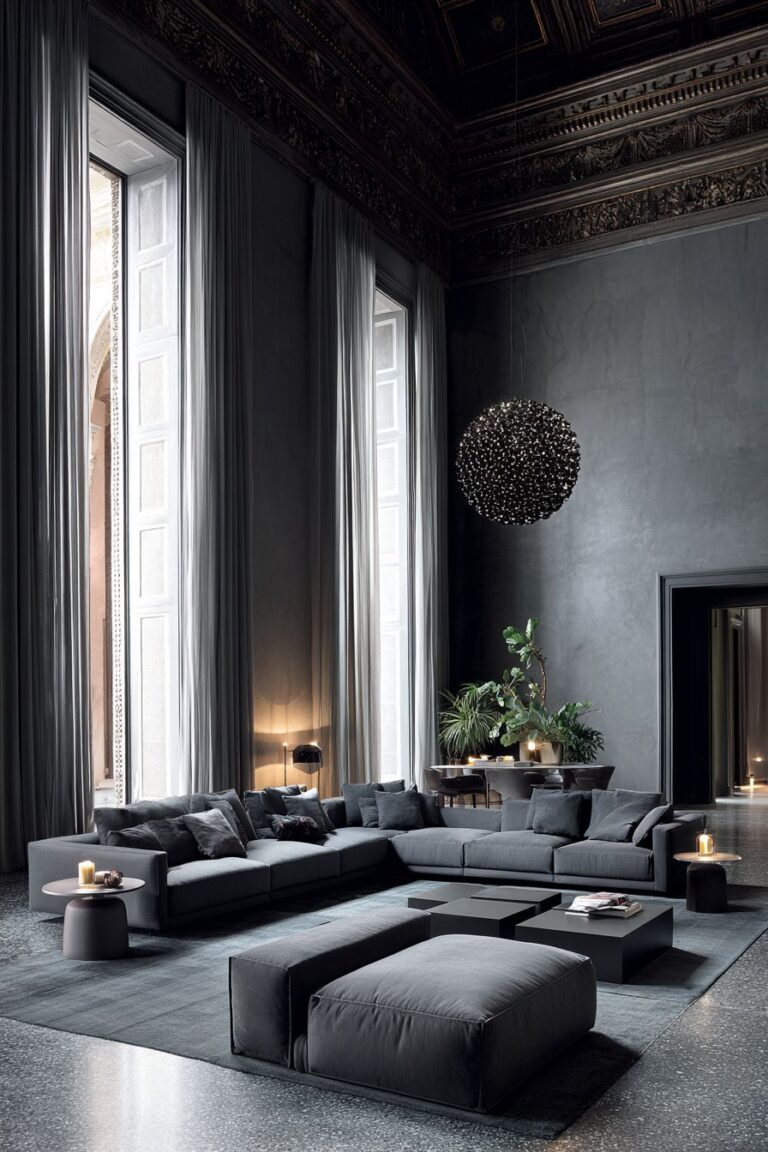20 Timeless Vintage Living Room Ideas: Classic Elegance and Nostalgic Charm
The allure of vintage living rooms lies in their ability to transport us to bygone eras while maintaining functionality for modern living. These spaces capture the essence of different periods—from Victorian opulence to mid-century simplicity—creating environments that tell stories through carefully curated furniture, authentic materials, and time-worn details. A vintage living room isn’t merely decorated; it’s composed with intention, where each piece carries history and character that cannot be replicated by new furnishings. The beauty of this design approach is its inherent sustainability and uniqueness, as vintage pieces ensure your space will never look like a showroom floor but rather a thoughtfully assembled collection reflecting personal taste and appreciation for craftsmanship.
Creating a vintage living room requires understanding the delicate balance between authenticity and livability. It’s about embracing imperfections—the natural patina on brass hardware, the gentle fading of fabrics exposed to decades of sunlight, the worn patterns on oriental rugs that speak of countless footsteps. These aren’t flaws but rather badges of honor that add depth and soul to your space. Whether you’re drawn to the rich burgundies and ornate carvings of Victorian design, the clean lines and warm woods of mid-century modern, or the romantic charm of shabby chic aesthetics, vintage living rooms offer endless possibilities for self-expression. This comprehensive guide explores twenty distinct vintage living room concepts, each showcasing different periods, color palettes, and design philosophies to inspire your own journey into timeless interior design.
1. Burgundy Velvet Chesterfield Elegance

The cornerstone of this sophisticated vintage living room is an exquisite tufted velvet Chesterfield sofa in rich burgundy, its deep button tufting creating dramatic shadows that emphasize the luxurious fabric’s depth. The worn brass nailhead trim tells stories of decades past, each slight imperfection adding character rather than detracting from the piece’s grandeur. This magnificent sofa rests upon a faded Persian rug whose intricate floral patterns have developed a natural patina over generations, the muted colors creating a harmonious foundation that grounds the entire space. The interplay between the sofa’s jewel-toned richness and the rug’s softened hues demonstrates how vintage pieces naturally complement each other through shared history.

At the room’s center sits an ornate carved wooden coffee table, its detailed scrollwork representing the craftsmanship of an era when furniture was created by hand rather than mass-produced. The table’s surface displays a carefully curated collection of antique brass candlesticks that have developed their own unique patina alongside vintage books with aged leather bindings, their spines cracked and faded in ways that speak to countless readings. These accessories aren’t merely decorative—they’re conversation starters that invite guests to explore and appreciate the stories embedded within each object.

The magic of this space truly reveals itself when soft afternoon light filters through delicate lace curtains, creating gentle shadows that dance across surfaces and highlight the room’s lived-in character. This natural illumination emphasizes texture in ways artificial lighting cannot replicate—the velvet’s pile catches light differently at various angles, the brass accessories glow warmly, and the intricate rug patterns seem to shift and change throughout the day. The lace curtains themselves become part of the design narrative, their patterns casting intricate shadows on walls and floors while providing privacy without sacrificing the warm, welcoming atmosphere that defines truly comfortable vintage spaces.

Key Design Tips:
- Invest in a statement Chesterfield sofa as your room’s anchor piece, prioritizing authentic tufting and quality velvet fabric that shows appropriate wear rather than damage
- Layer Persian or Oriental rugs with natural fading to add warmth, texture, and historical depth beneath your furniture arrangements
- Select ornate wooden furniture with hand-carved details that showcase traditional craftsmanship and add visual interest to your space
- Embrace brass accessories and hardware with natural patina rather than highly polished finishes for authentic vintage appeal
- Use sheer lace curtains to filter natural light softly while maintaining the room’s period-appropriate window treatments
- Display vintage books and accessories in small curated groupings rather than overwhelming the space with too many objects
2. Mahogany Display Cabinet Nostalgia
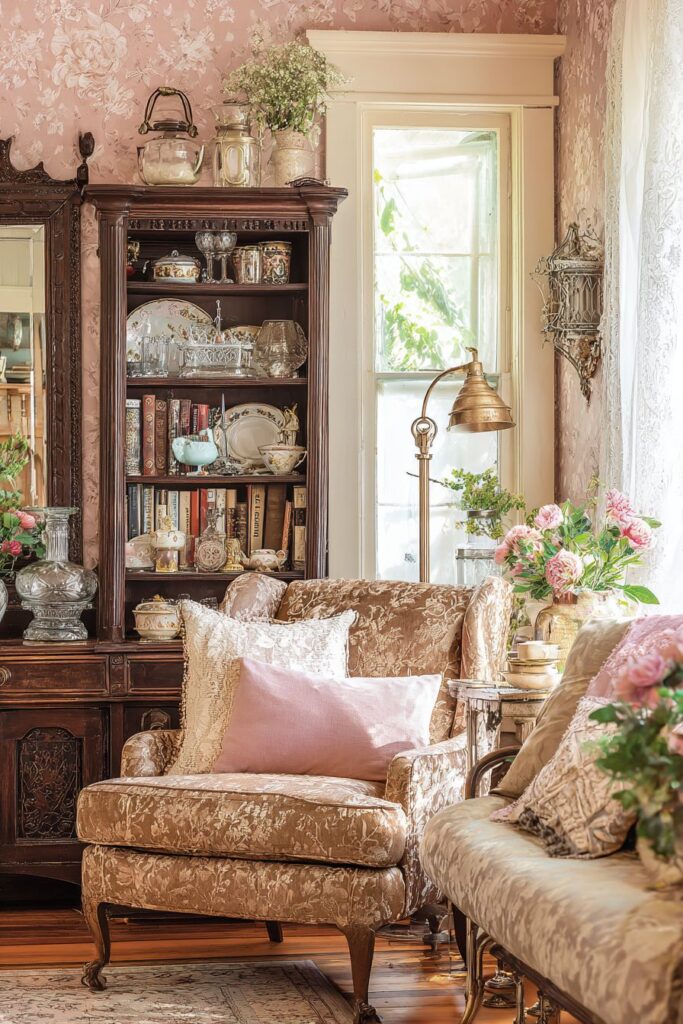
This cozy vintage living room celebrates the art of collection and display through a magnificent mahogany display cabinet that serves as both functional storage and visual focal point. The cabinet’s glass-fronted shelves showcase an carefully arranged collection of antique porcelain collectibles and vintage glassware, each piece catching and refracting light in unique ways that create a dynamic visual display throughout the day. The rich mahogany wood has developed a deep, warm patina over decades, its grain patterns becoming more pronounced and beautiful with age, demonstrating how quality wooden furniture improves rather than deteriorates over time.
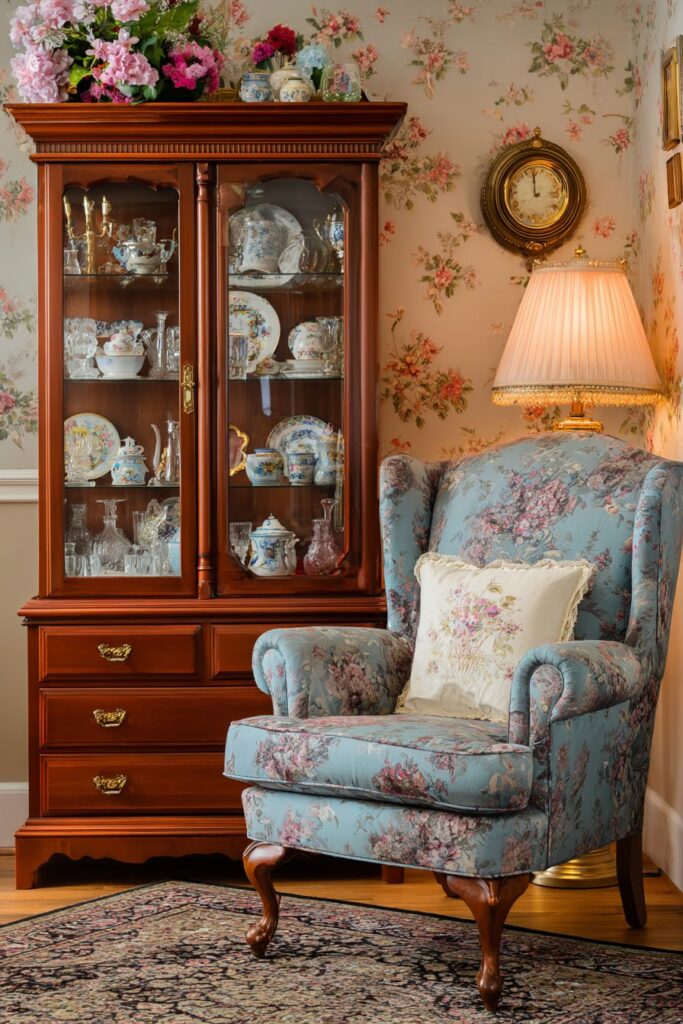
The room’s architectural details speak to its period authenticity, with original crown molding painted in warm cream that frames the space and draws the eye upward. This molding represents the kind of craftsmanship rarely found in modern construction, where hand-applied plaster work created elegant transitions between walls and ceilings. The walls themselves feature floral wallpaper with subtle fading that adds rather than detracts from the room’s character—this isn’t damage but rather evidence of a space that has been loved and lived in. The faded areas tell stories of furniture arrangements past, where sunlight has gently bleached the paper over years, creating an organic patina that cannot be artificially replicated.
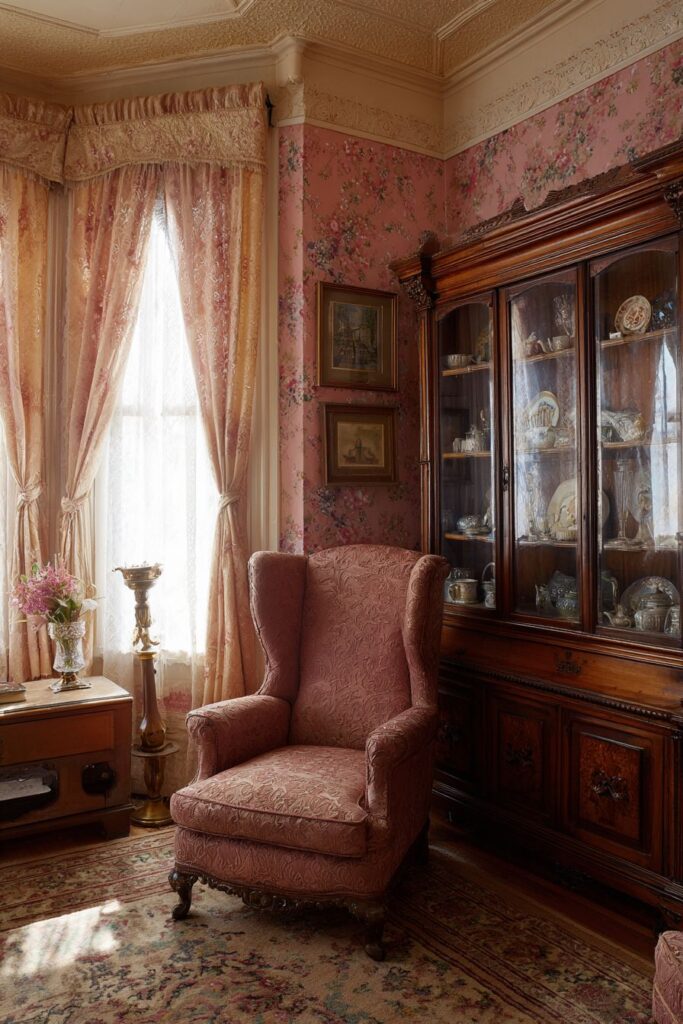
A classic wingback chair upholstered in aged damask fabric provides the perfect reading spot, positioned to take advantage of natural light while offering a commanding view of the room. The damask pattern, though faded in places, retains its elegant raised texture that invites touch and adds tactile interest to the visual composition. Beside the chair stands a brass floor lamp with original patina, its warm glow perfect for evening reading sessions. The lamp’s aged brass finish coordinates beautifully with the cabinet’s hardware and other metallic accents throughout the space, creating visual continuity through repeated materials and finishes.
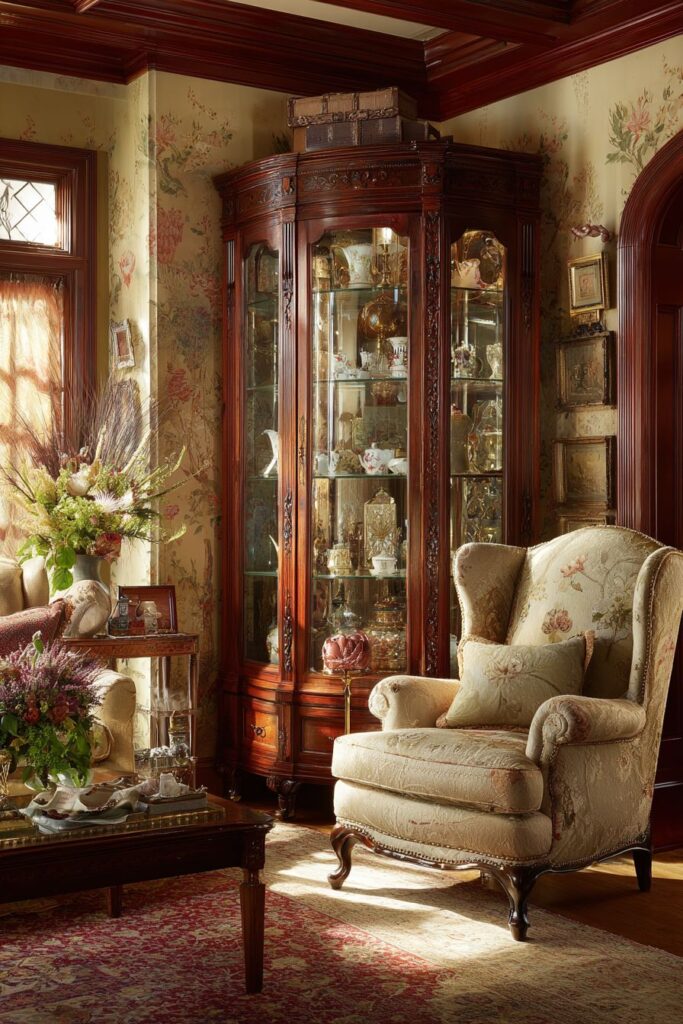
Key Design Tips:
- Choose display cabinets with glass fronts to showcase collections while protecting them from dust and damage
- Embrace original architectural details like crown molding as key design features rather than covering or removing them
- Select wallpaper with subtle patterns that won’t overwhelm the space, accepting natural fading as part of the vintage aesthetic
- Position wingback chairs near windows to maximize natural reading light while creating cozy conversation areas
- Coordinate metal finishes throughout the room, allowing brass and other metals to develop natural patina rather than constantly polishing
- Curate collections thoughtfully, displaying only your finest pieces rather than overwhelming shelves with too many items
3. Brick Fireplace Gathering Space
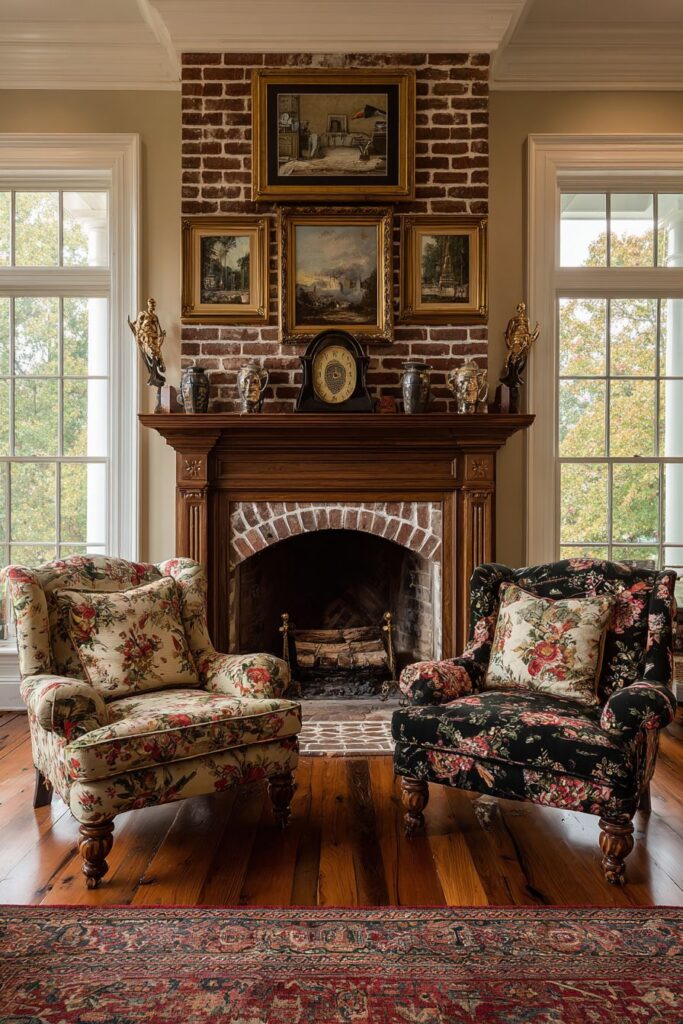
The heart of this vintage living room beats around a working brick fireplace featuring an original cast iron grate and decorative tile surround that shows slight age-appropriate wear. This isn’t merely a decorative element but a functional focal point that provides both visual warmth and actual heat, creating the kind of atmospheric coziness that modern heating systems simply cannot replicate. The brick has developed a beautiful patina from decades of fires, with subtle soot marking near the opening that speaks to countless winter evenings spent gathered around the flames. The cast iron grate, though showing rust in places, remains structurally sound and beautiful, its ornate details representing Victorian-era metalwork at its finest.
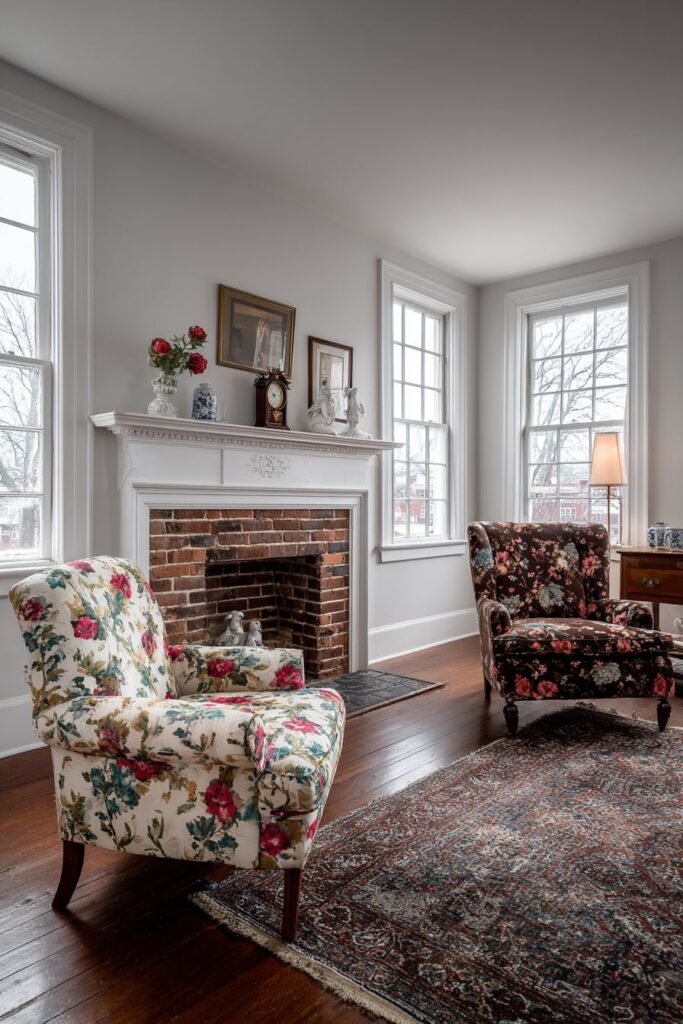
The fireplace mantel serves as a gallery for treasured vintage objects, displaying a vintage brass clock whose steady tick provides a comforting ambient sound, antique frames holding sepia photographs of generations past, and ceramic figurines from the 1940s that capture the whimsy and craftsmanship of that era. This curated collection creates a narrative about family history and personal taste, transforming the mantel from simple shelf to storytelling platform. Each object has been thoughtfully placed to create visual balance while allowing individual pieces to shine, demonstrating the importance of restraint and composition in vintage design.
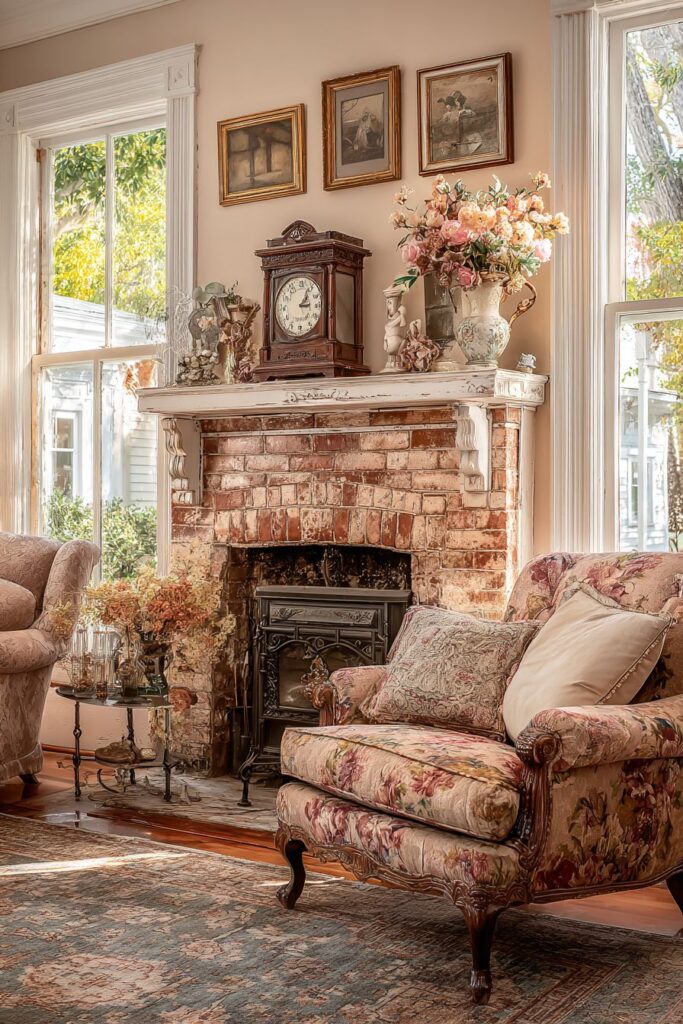
Two mismatched vintage armchairs with different floral upholstery fabrics flank the fireplace on a threadbare oriental rug, creating an inviting conversation area that encourages face-to-face interaction. The mismatched chairs represent an important principle in vintage design: perfection through imperfection. Rather than seeking matching sets, embracing individual pieces with their own character creates more interesting and authentic-feeling spaces. The oriental rug, though worn in places, provides essential warmth underfoot and adds another layer of pattern and texture to the room’s composition. Natural daylight from tall windows creates warm highlights on the brass and wood surfaces, with sunlight playing across textures and creating ever-changing shadow patterns throughout the day.
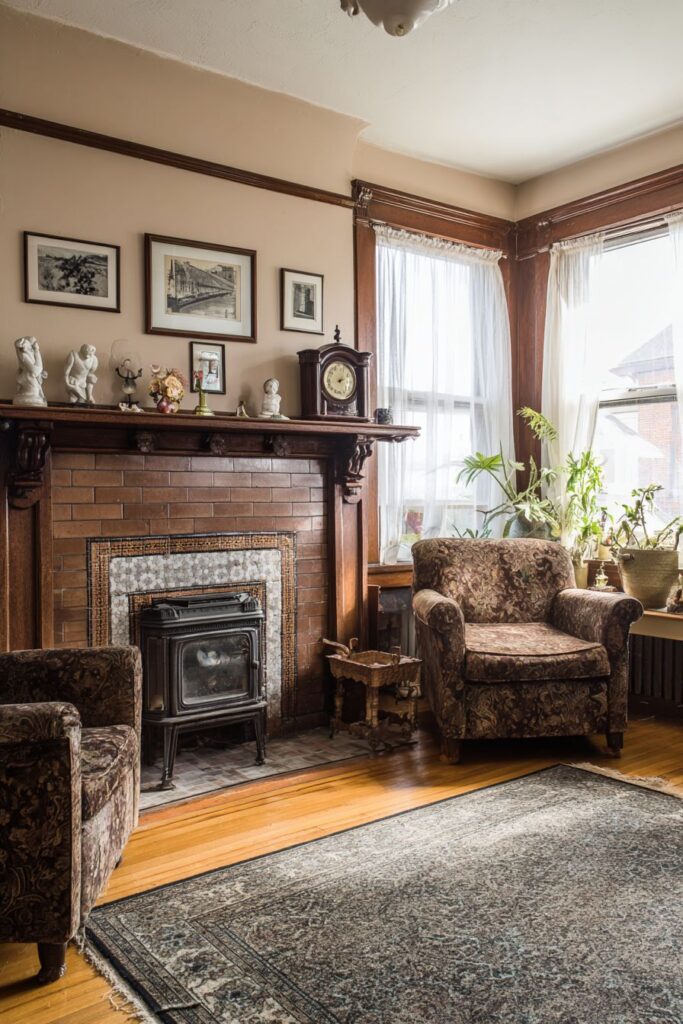
Key Design Tips:
- Prioritize working fireplaces as room focal points, embracing the character marks from actual use rather than keeping them pristine
- Style mantels with curated collections that tell personal stories rather than following generic decorating formulas
- Mix and match vintage armchairs with different upholstery patterns to create eclectic charm and visual interest
- Accept and celebrate worn oriental rugs as evidence of a well-loved space rather than viewing wear as damage
- Position seating to encourage conversation and face-to-face interaction around the fireplace focal point
- Allow natural light to highlight architectural and decorative elements throughout the day for dynamic visual interest
4. Mid-Century Modern Sophistication
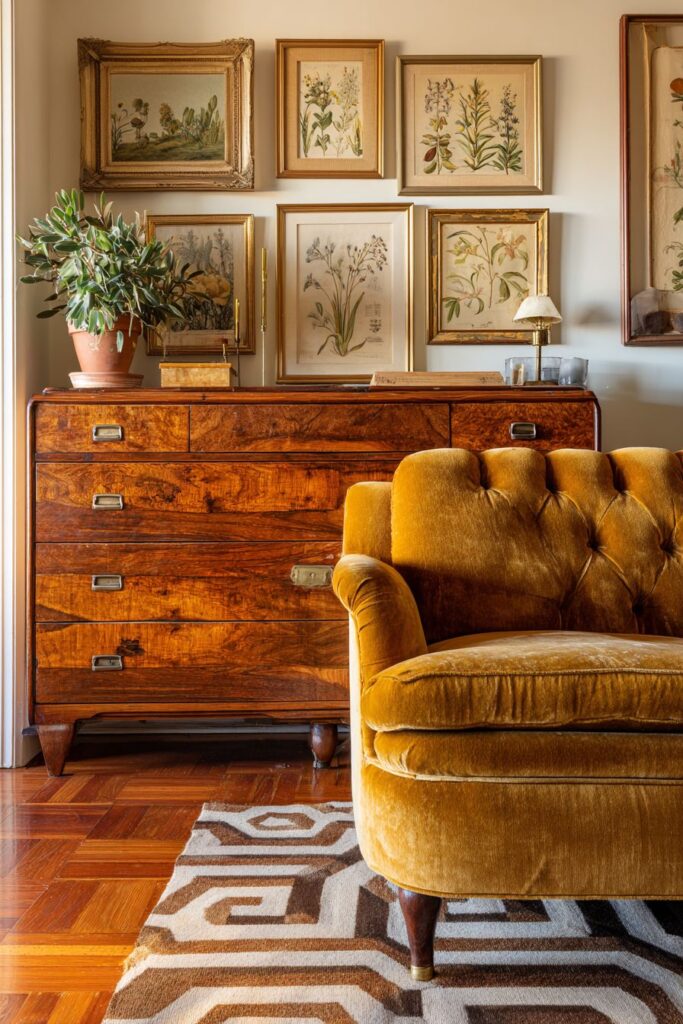
This vintage living room showcases the clean lines and organic forms of mid-century modern design through a stunning walnut sideboard with tapered legs and brass drawer pulls showing natural aging. The sideboard exemplifies the period’s emphasis on functional beauty, with its sleek profile providing ample storage while maintaining visual lightness through elevated positioning on those characteristic tapered legs. The walnut wood has developed a rich honey tone over decades, its natural grain patterns becoming more pronounced and beautiful with age. The brass hardware shows authentic patina with slight tarnishing and darkening that proves the piece’s age and authenticity—modern reproductions simply cannot replicate this genuine aging process.

Above the sideboard hangs a carefully curated collection of vintage botanical prints in mismatched antique frames, creating an organic gallery wall that celebrates both nature and art. These prints, likely dating from the same mid-century period, feature detailed illustrations of plants and flowers rendered in the scientific illustration style popular during that era. The mismatched frames add visual interest and authenticity—a perfectly matched set would feel too curated and modern. Instead, the variety of frame styles, finishes, and sizes creates a collected-over-time aesthetic that feels genuine and personal rather than decorator-imposed.
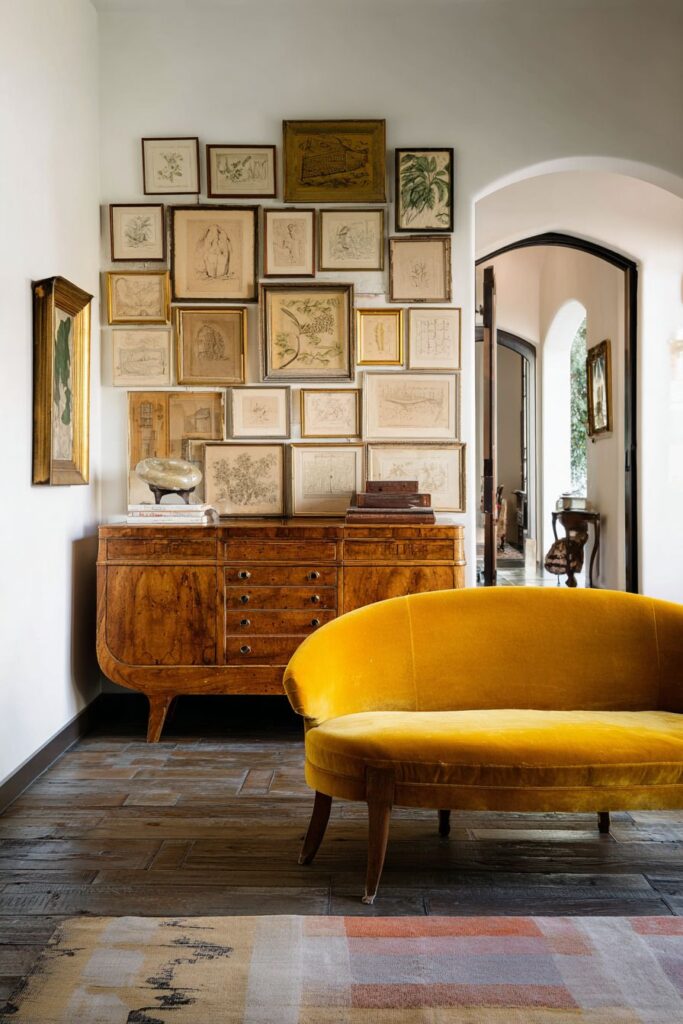
Opposite the sideboard sits a curved vintage sofa in mustard yellow velvet with slight fabric wear that proves its authenticity. The curved form, characteristic of mid-century design, encourages conversation and creates visual softness in contrast to the sideboard’s angular lines. The mustard yellow, a quintessential mid-century color, brings warmth and optimism to the space while coordinating beautifully with the walnut wood tones. The velvet fabric shows slight wear in high-contact areas—the arms and seat cushions—which rather than diminishing the piece’s appeal, actually enhances its vintage credibility. This sofa rests on a geometric wool rug with muted colors that provides pattern interest without overwhelming the space, its abstract design perfectly complementing the era’s aesthetic sensibilities.
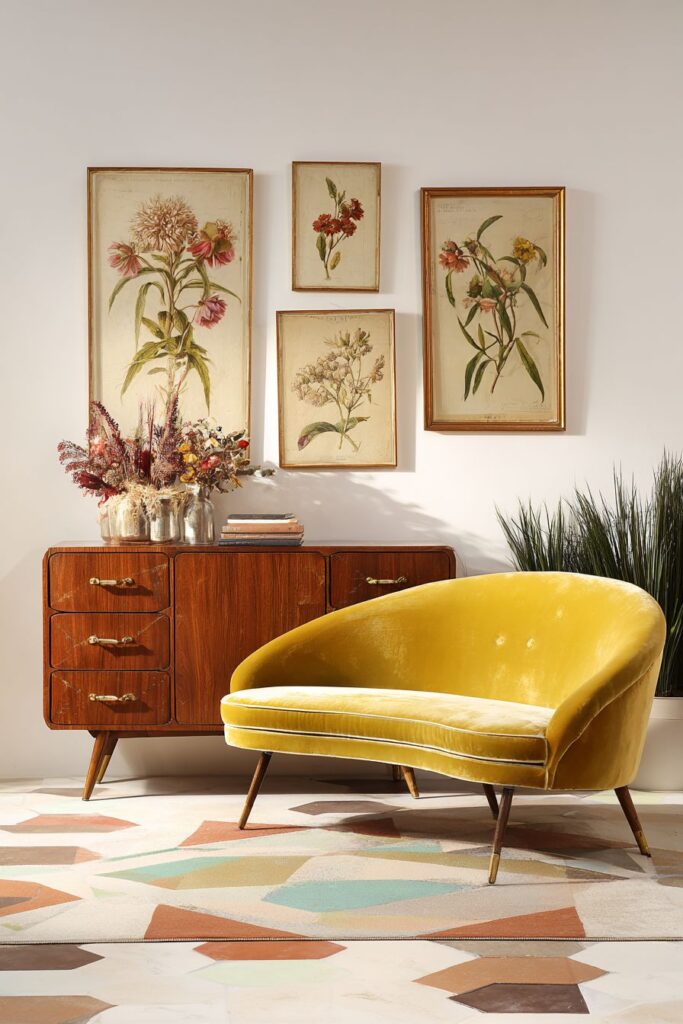
Key Design Tips:
- Invest in authentic mid-century furniture with characteristic features like tapered legs and organic curves rather than modern reproductions
- Create gallery walls with vintage botanical prints or artwork in intentionally mismatched frames for collected authenticity
- Embrace mustard yellow, avocado green, and burnt orange as signature mid-century colors that add period-appropriate warmth
- Select geometric rugs with muted colors that provide pattern without competing with furniture forms
- Allow brass and wood to develop natural patina and aging rather than refinishing to look new
- Balance angular furniture pieces with curved forms to create visual harmony and maintain the era’s design principles
5. Steamer Trunk Coffee Table Character

This spacious vintage living room demonstrates creative repurposing through an antique steamer trunk serving as a unique coffee table, positioned on original hardwood floors showing natural wear patterns that map decades of foot traffic. The steamer trunk, likely dating from the early twentieth century when such trunks accompanied travelers on transatlantic voyages, brings both functional storage and narrative interest to the room’s center. Its aged leather exterior, brass corner guards, and vintage travel stickers tell stories of journeys taken and adventures experienced. Using such a trunk as a coffee table exemplifies smart vintage design—finding pieces with character and history while meeting practical needs.
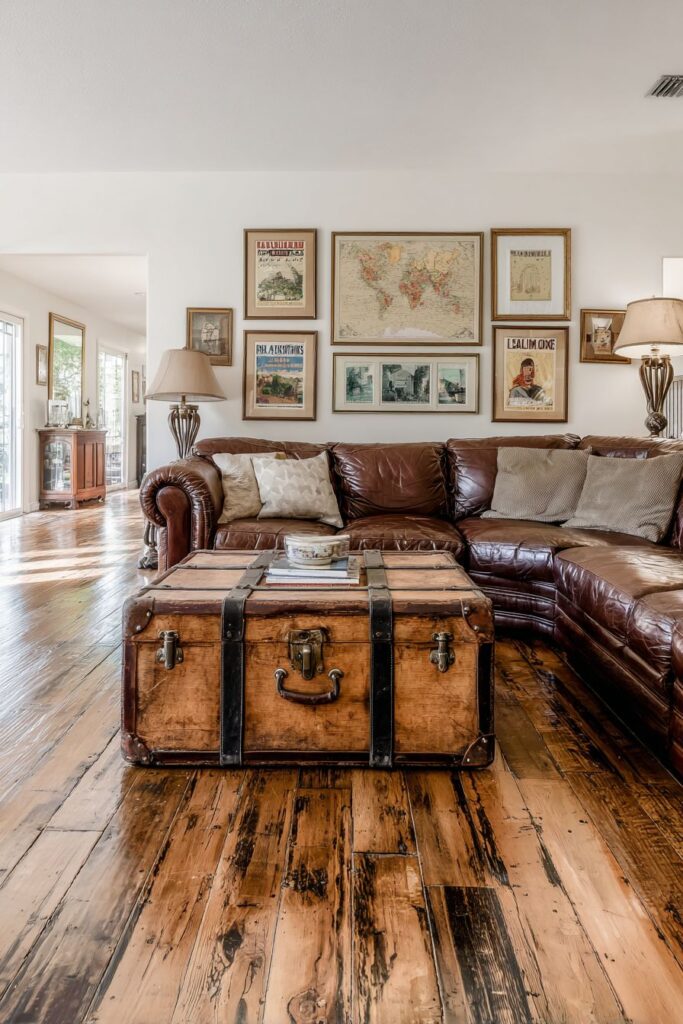
The original hardwood floors represent one of the room’s greatest assets, their natural wear patterns creating an authentic patina that new floors cannot replicate. The slight unevenness, the boards with small gaps, the areas where finish has worn away in high-traffic paths—these aren’t problems requiring correction but rather features adding character and authenticity. These floors have supported generations of life, witnessed countless gatherings, and developed a living patina that tells the story of the home itself. Arranged upon these characterful floors is a distressed leather Chesterfield sectional that provides ample seating while maintaining the vintage aesthetic through its aged leather’s natural cracking and color variations.

Vintage table lamps with fabric shades create warm ambient lighting throughout the space, their soft glow far more flattering and atmospheric than harsh overhead fixtures. These lamps, positioned on various side tables and surfaces, create pools of light that define different zones within the larger room while maintaining an intimate, comfortable feeling. The walls display a gallery of vintage travel posters in weathered frames, their bold graphics and romanticized destinations evoking the golden age of travel when journey was as important as destination. These posters coordinate thematically with the steamer trunk while adding color and visual interest to wall surfaces.

Key Design Tips:
- Repurpose vintage steamer trunks as coffee tables for unique character and valuable storage space
- Preserve original hardwood floors with their natural wear patterns rather than refinishing to look new
- Choose distressed leather furniture that shows authentic aging through natural cracking and patina development
- Create layered lighting with multiple vintage table lamps rather than relying solely on overhead fixtures
- Display vintage travel posters to add color, graphics, and thematic interest to wall spaces
- Embrace the stories embedded in antique pieces, selecting items with visible history and character
6. Cozy Reading Nook Retreat
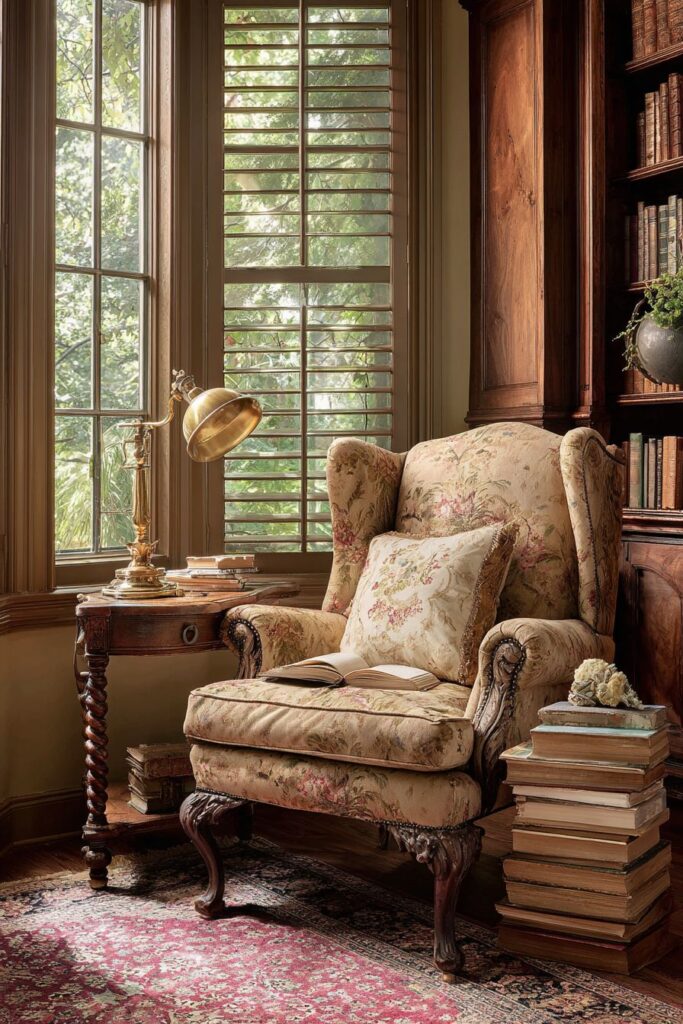
This vintage living room features a dedicated reading nook that celebrates the simple pleasure of curling up with a good book in a space designed specifically for quiet contemplation. The nook centers on an antique wingback chair reupholstered in faded floral chintz fabric, positioned strategically near a tall window with original wooden shutters that allow precise control of natural light. The wingback design, originally created to protect readers from drafts in unheated manor houses, provides a sense of enclosure and privacy even within a larger room. The faded floral chintz upholstery shows the gentle effects of sunlight exposure over time, with colors softened to gentle pastels that create a soothing, romantic atmosphere perfect for losing oneself in literature.
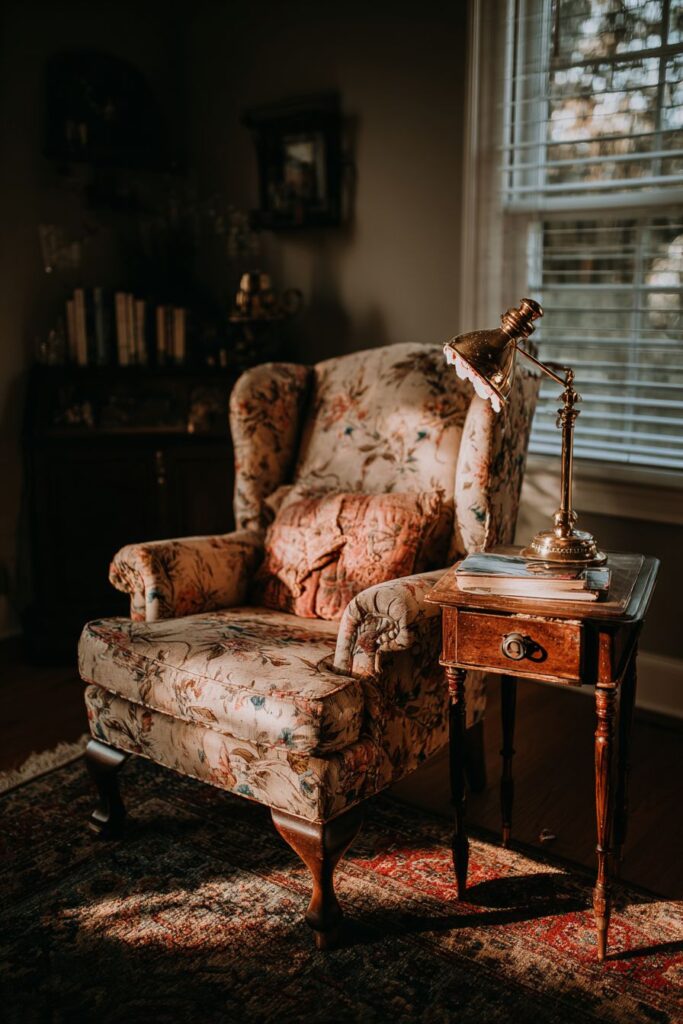
Beside the chair stands a vintage brass reading lamp with an adjustable arm, its practical design allowing readers to direct light exactly where needed while the brass has developed age-appropriate tarnish that adds warmth and character. This sits upon a small side table with turned legs and a drawer pull showing similar tarnish, creating visual coordination through repeated materials and finishes. The table’s compact size makes it perfect for holding a teacup, reading glasses, or the current book without overwhelming the nook’s intimate scale. The drawer provides convenient storage for bookmarks, pens, and other reading accessories, demonstrating how vintage furniture often incorporates thoughtful functionality.
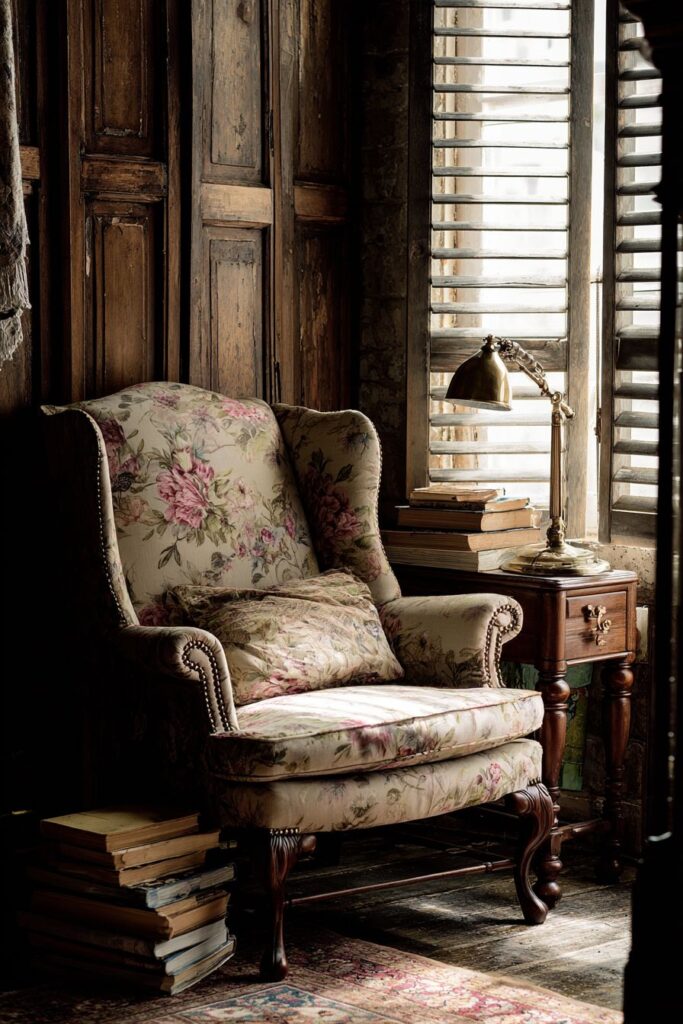
Aged hardcover books stack artfully beside the chair on a worn Persian runner, creating an informal library within arm’s reach. These aren’t pristine collector’s editions but well-loved volumes with cracked spines, dog-eared pages, and marginalia that speak to actual reading rather than mere display. The Persian runner, though worn, provides color and pattern while protecting the floor and adding another textural layer to the composition. Golden hour lighting streaming through the window during late afternoon creates the perfect reading atmosphere, with warm sunlight illuminating pages while the wingback’s high back prevents glare and provides comfortable support.
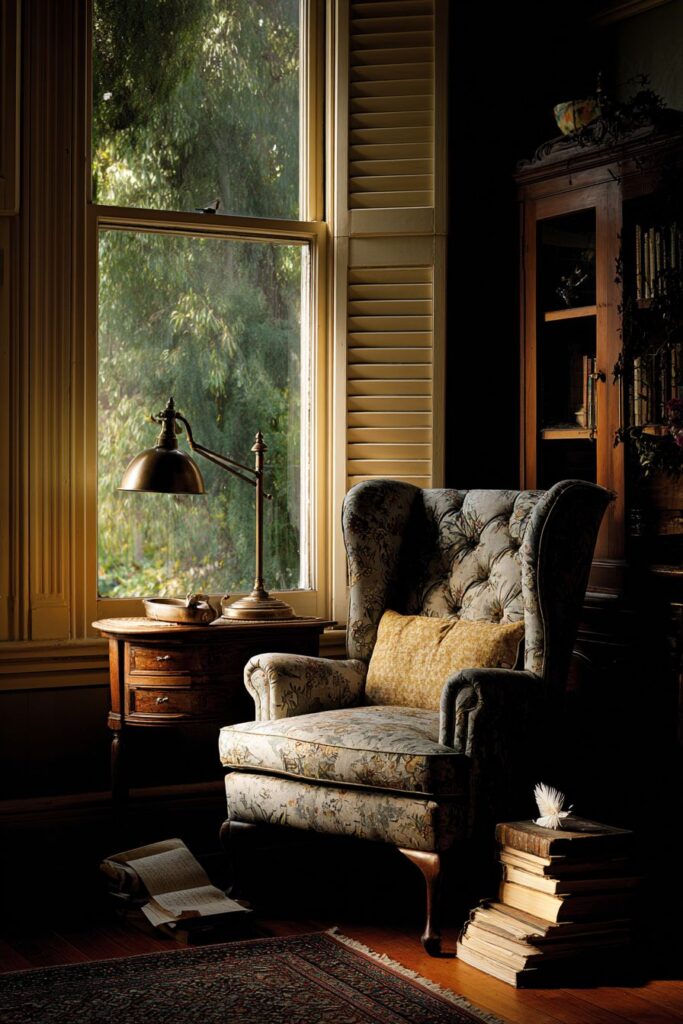
Key Design Tips:
- Position reading chairs near windows to maximize natural light while using adjustable lamps for evening reading
- Reupholster vintage wingback chairs in classic fabrics like floral chintz that age gracefully and maintain period authenticity
- Select side tables with drawers for convenient storage of reading accessories and personal items
- Stack well-loved books nearby rather than pristine volumes, celebrating the evidence of actual reading and enjoyment
- Use Persian or oriental runners to define reading nooks and add warmth without requiring full room-size rugs
- Embrace faded fabrics and tarnished brass as authentic aging rather than damage requiring correction
7. Refined Damask Seating Elegance

This refined vintage living room exudes sophistication through a pale blue damask sofa featuring rolled arms and turned wooden legs with natural darkening that speaks to decades of careful use. The damask fabric, with its raised woven pattern creating subtle texture and visual interest, represents traditional upholstery at its finest. The pale blue color choice brings a sense of calm and serenity to the space while remaining period-appropriate—this soft, ethereal shade was particularly popular during the French Provincial and early American periods. The rolled arms provide both comfort and classic silhouette, while the turned wooden legs show beautiful craftsmanship in their symmetrical shaping and proportions.
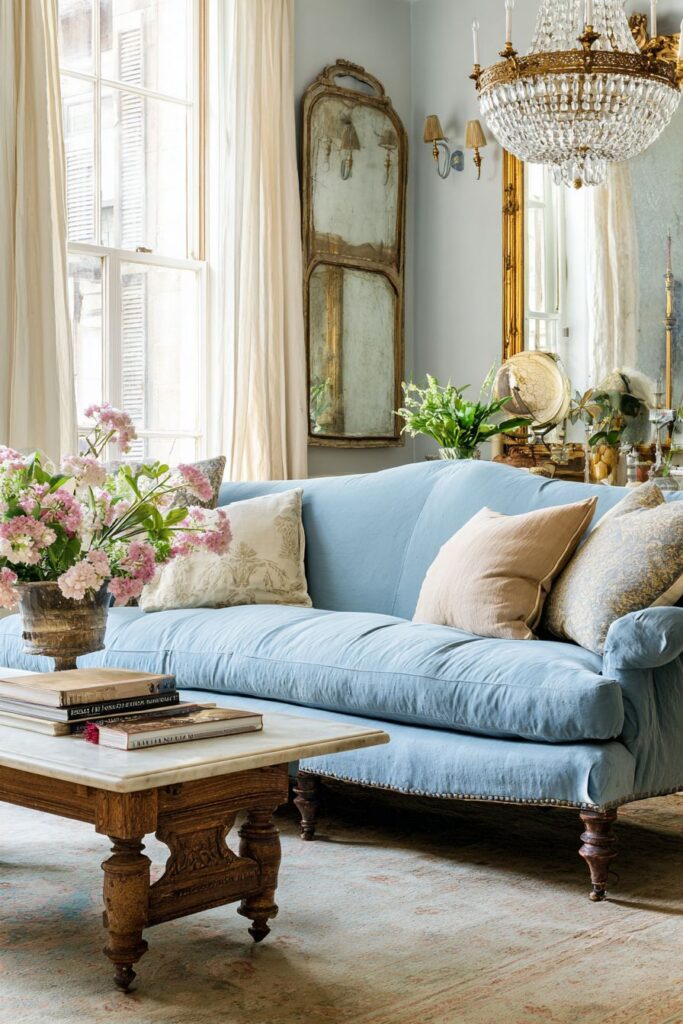
An antique coffee table with marble top and carved wooden base centers the seating area, positioned on a faded Aubusson rug in soft pastels that coordinates beautifully with the sofa’s coloration. The marble top provides a practical, durable surface that has likely served for generations, its natural veining creating organic pattern interest. The carved wooden base displays exceptional craftsmanship with its flowing curves and detailed relief work, representing an era when furniture makers took pride in creating pieces that were functional art. The Aubusson rug, traditionally French in origin, features delicate floral motifs in softened colors that have faded beautifully over time, creating a gentle, romantic foundation for the furniture arrangement.

A crystal chandelier with brass frame hangs above, providing elegant overhead illumination that creates sparkle and glamour without overwhelming the space’s refined sensibility. The crystal prisms catch and refract light, creating dancing rainbow effects on walls and ceilings that add magic to the atmosphere. Vintage mirrors in ornate gilt frames strategically placed around the room reflect both natural and artificial light, making the space feel larger and brighter while adding their own decorative impact. These mirrors, with their aged glass showing slight foxing and darkening around edges, contribute to the authentic vintage character while serving practical purposes.
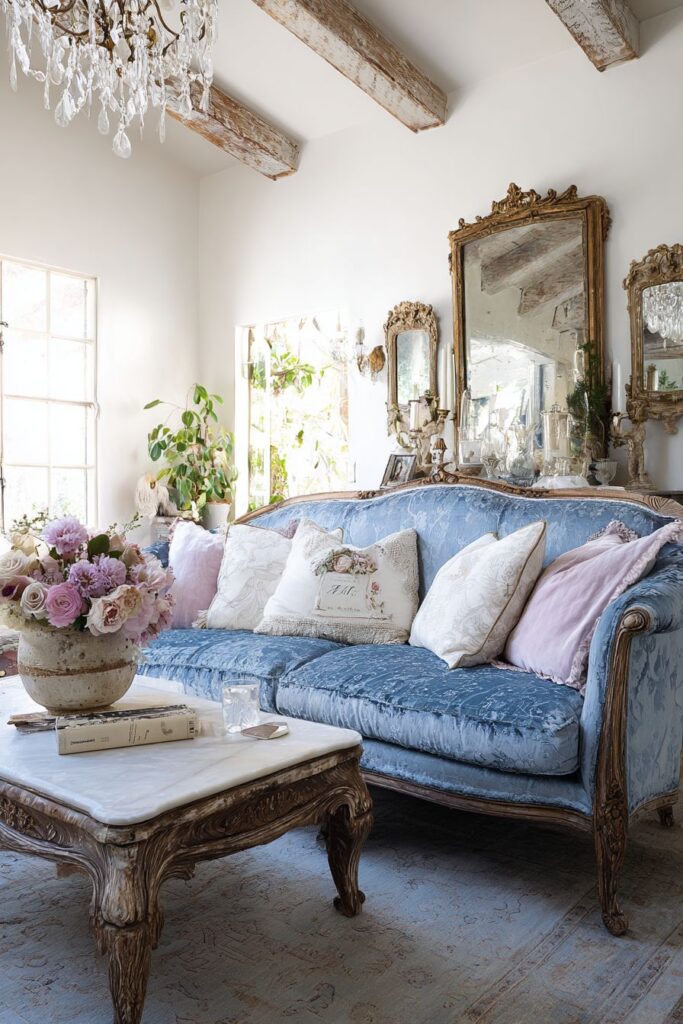
Key Design Tips:
- Select damask upholstery for sofas and chairs to add sophisticated texture through woven patterns
- Choose pale blue, soft green, or cream colors for a refined, serene atmosphere with period authenticity
- Center seating arrangements around marble-topped coffee tables that provide both beauty and durability
- Layer Aubusson or similar finely woven rugs in soft pastels beneath furniture for elegant foundation
- Install crystal chandeliers to add glamour and create light-refracting effects throughout the space
- Use vintage mirrors strategically to reflect light and create the illusion of larger, brighter rooms
8. Library-Inspired Book Collection
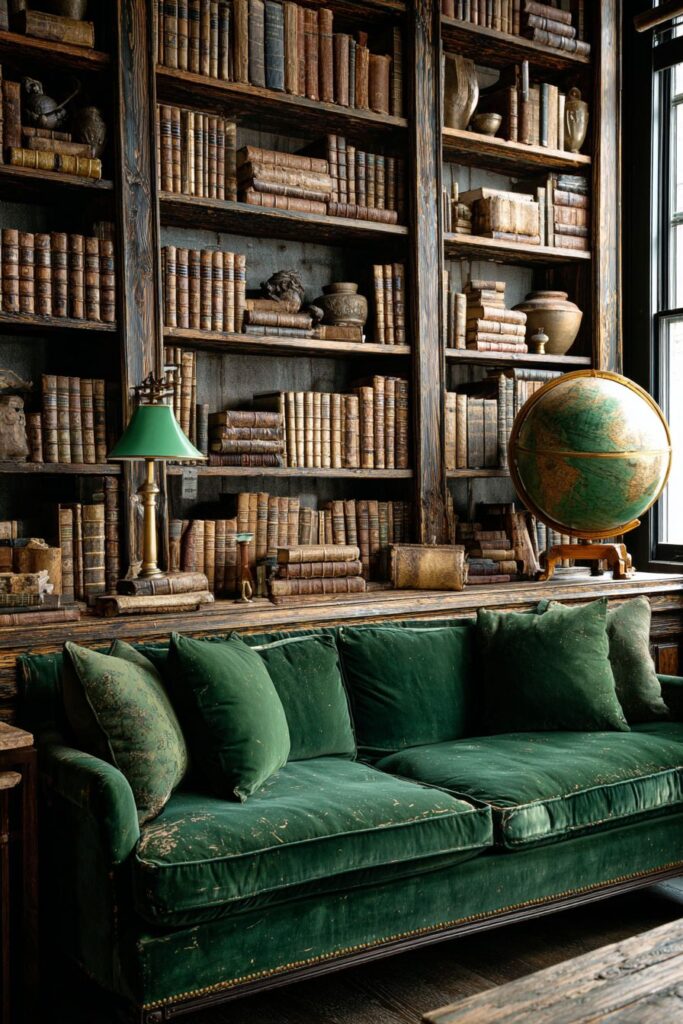
This vintage living room celebrates the love of literature through built-in bookcases filled with antique leather-bound books, vintage pottery, and brass accessories showing natural patina. The bookcases themselves represent significant architectural value, likely original to the home and featuring detailed woodwork, adjustable shelving, and possibly even glass-fronted cabinets for protecting the most precious volumes. These built-ins create a sense of permanence and belonging that freestanding bookcases cannot achieve, suggesting a room designed from its inception to house and celebrate a collection of books and treasured objects.
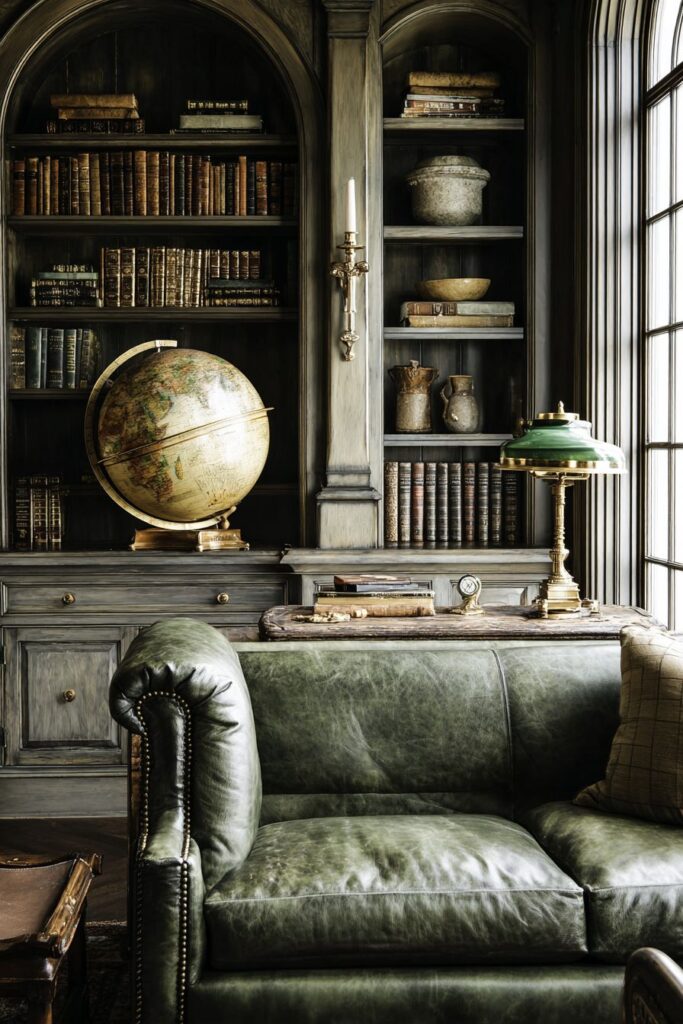
The collection itself tells a story through its careful curation—antique leather-bound books with gilt-edged pages and embossed spines create visual richness through their varied heights, colors, and textures. Interspersed among the books, vintage pottery pieces provide three-dimensional interest and breathing room, preventing the shelves from feeling too densely packed. Brass accessories including bookends, small sculptures, and decorative boxes show the natural patina that develops on this metal over time, creating a warm, mellow finish that coordinates beautifully with the leather book bindings and wooden shelving.
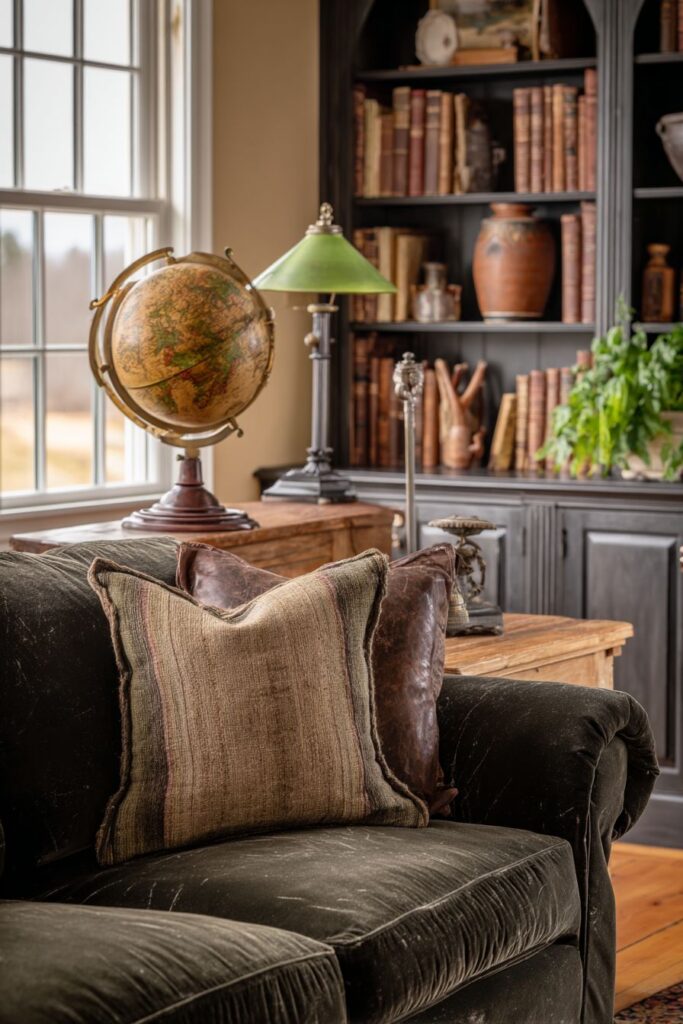
A velvet sofa in deep forest green with slightly worn fabric sits before the shelving, providing the perfect perch for selecting and enjoying volumes from the collection. The forest green color creates a sophisticated, masculine atmosphere while coordinating with the library theme—this rich, deep shade was traditionally used in gentleman’s libraries and studies. The slightly worn fabric proves the sofa’s authenticity and speaks to comfortable use rather than pristine preservation. Additional period-appropriate details include an antique globe on a wooden stand and a vintage desk lamp with green glass shade, both contributing to the scholarly, contemplative atmosphere that makes this living room feel like a private sanctuary for reading and reflection.
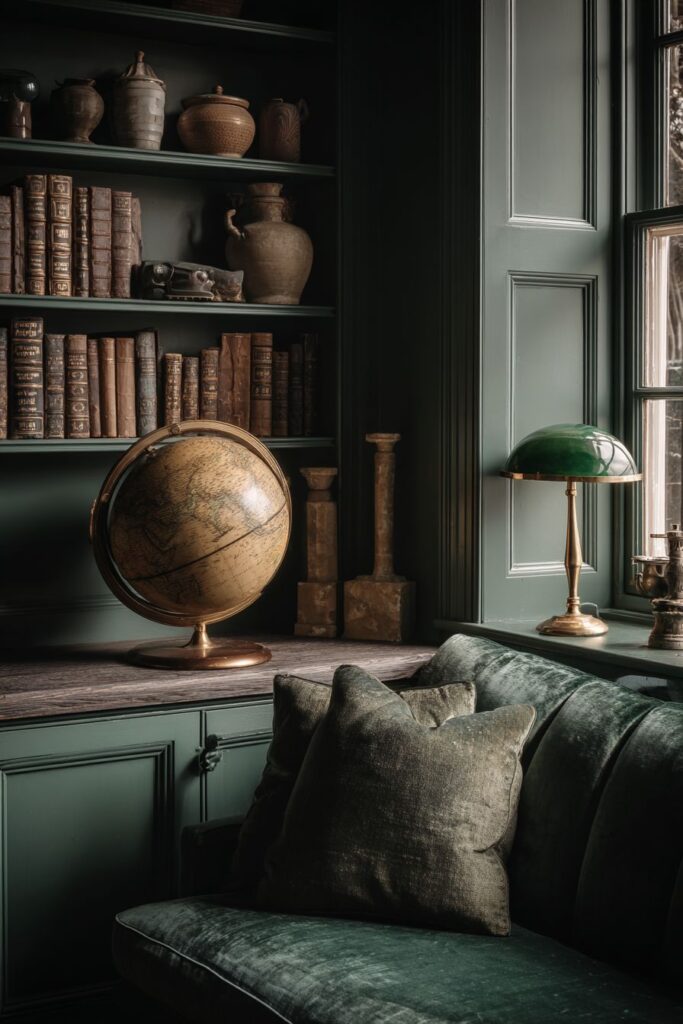
Key Design Tips:
- Install or preserve built-in bookcases as permanent architectural features that add value and character
- Create visual interest on shelves by mixing books with decorative objects like pottery, brass accessories, and small sculptures
- Choose deep jewel tones like forest green for upholstery in library-inspired spaces to create sophisticated atmosphere
- Display an antique globe as both decorative element and symbol of knowledge and curiosity
- Use vintage desk lamps with green glass shades for authentic library lighting and period-appropriate ambiance
- Accept slightly worn velvet and leather as evidence of comfortable use rather than viewing wear as damage
9. Victorian Rose Garden Romance
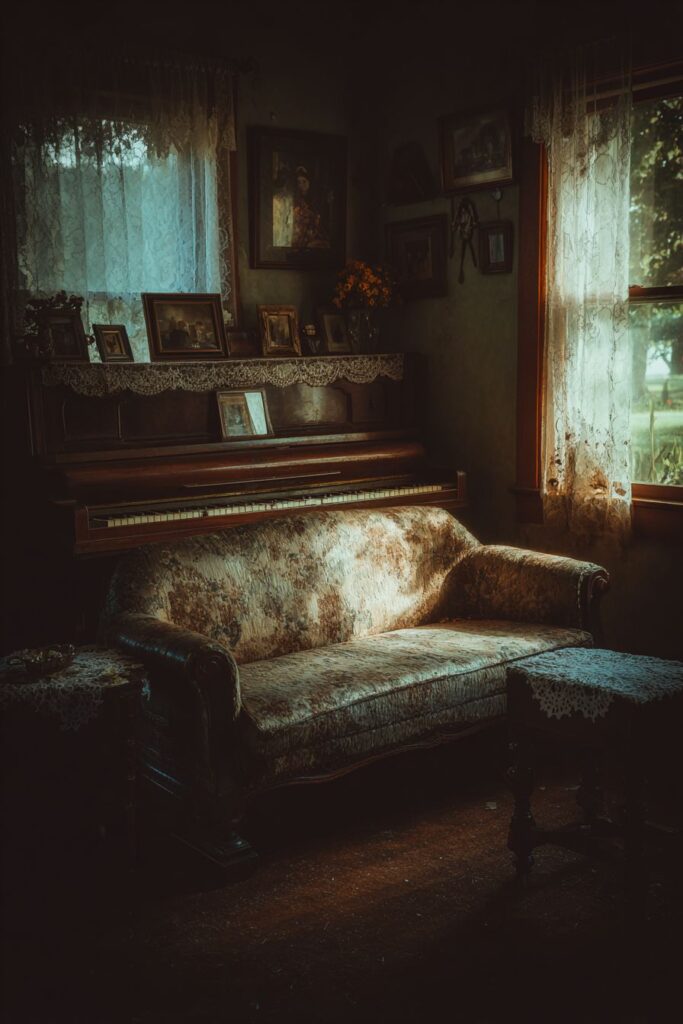
This compact vintage living room embraces Victorian romanticism through a curved Victorian sofa upholstered in rose-patterned fabric showing gentle fading from natural light exposure. The curved form, characteristic of Victorian furniture design, creates visual softness and encourages intimate conversation among seated guests. The rose pattern, featuring delicate blooms in soft pinks and greens, exemplifies the Victorian love of floral motifs and connection to nature. The gentle fading doesn’t diminish the fabric’s appeal but rather enhances its vintage authenticity, proving this is an original piece that has been loved and used rather than a modern reproduction attempting to look old.
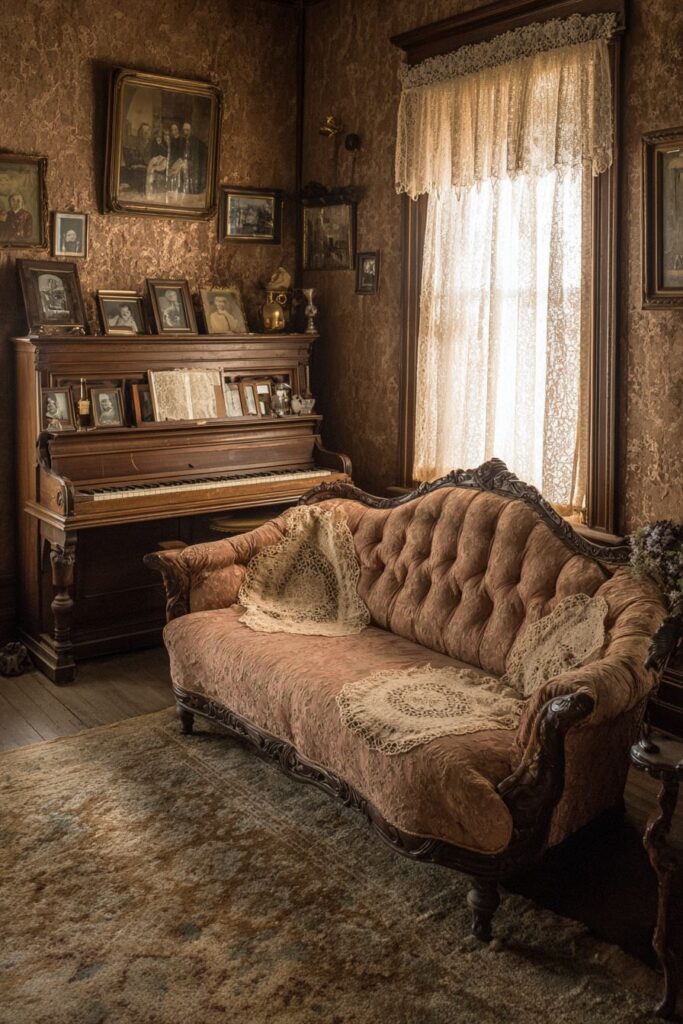
Lace doilies rest on wooden side tables with spindle legs and natural age marks, adding delicate decorative touches that protect wood surfaces while contributing to the room’s romantic Victorian aesthetic. These doilies, likely handmade or vintage themselves, represent the kind of careful homemaking and attention to detail valued during the Victorian era. The wooden side tables feature spindle legs that showcase traditional woodturning craftsmanship, while natural age marks including small scratches, slight color variations, and minor imperfections tell the story of decades of use and care.
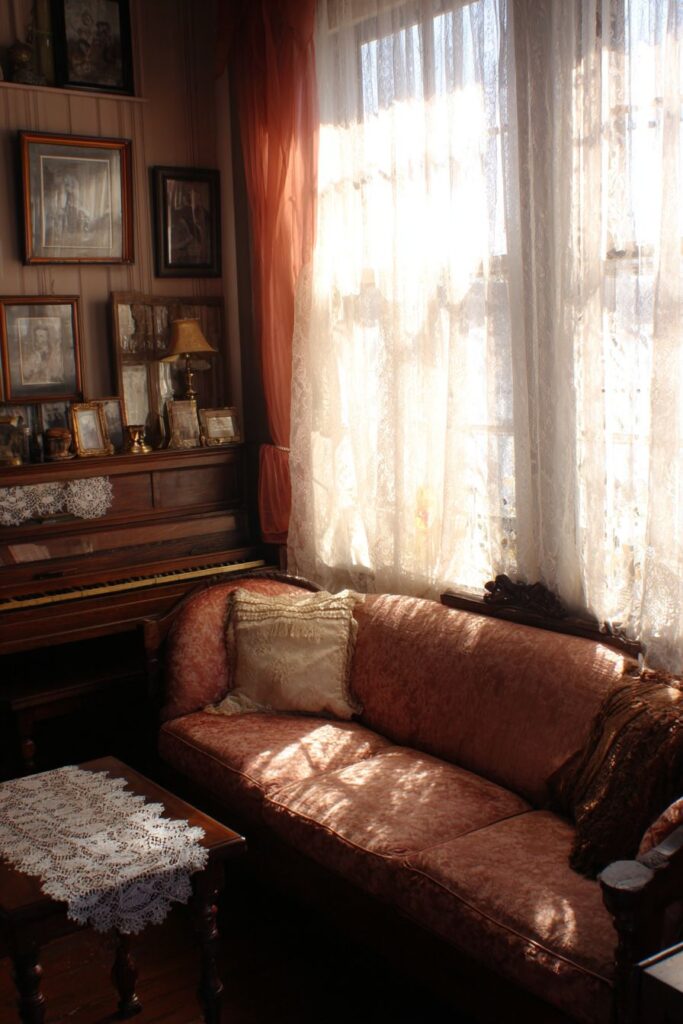
In the corner sits a vintage piano displaying family photographs in antique silver frames, creating a focal point that combines music, memory, and visual interest. The piano, whether still playable or purely decorative, represents the Victorian parlor tradition where families gathered for musical entertainment before the advent of recorded music. The family photographs in their silver frames transform the instrument’s top into a gallery of ancestors and loved ones, making the space deeply personal and meaningful. Sheer curtains diffuse afternoon light, creating soft highlights on brass and wood elements while maintaining privacy and protecting fabrics from direct sunlight. This filtered illumination creates an ethereal, romantic atmosphere perfect for the Victorian aesthetic.
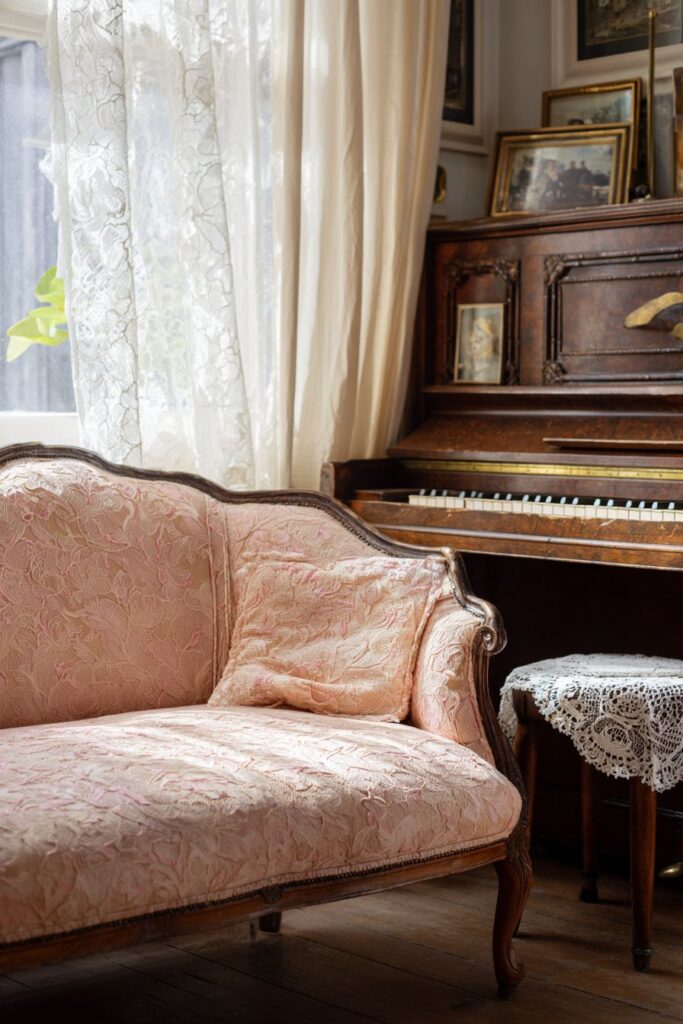
Key Design Tips:
- Select curved Victorian sofas with floral upholstery to create romantic, feminine atmosphere
- Use lace doilies on side tables to protect surfaces while adding delicate Victorian-era decorative touches
- Display family photographs in antique silver frames to personalize the space and honor family history
- Position vintage pianos as focal points even if they’re no longer playable, celebrating their decorative and symbolic value
- Install sheer curtains to diffuse natural light and create soft, flattering illumination throughout the room
- Embrace gentle fabric fading as proof of authenticity rather than viewing it as damage requiring repair
10. Secretary Desk Workspace Charm
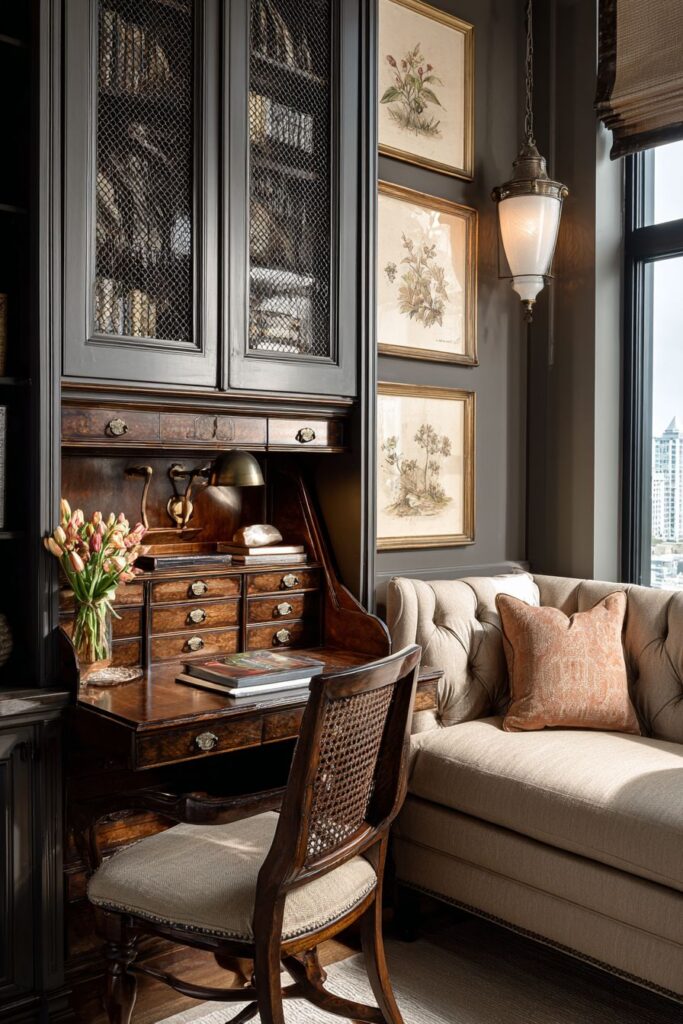
This vintage living room features a dedicated workspace centered on an antique secretary desk with fold-down writing surface, multiple small drawers with original brass hardware, and visible wood grain character. The secretary desk represents one of the most ingenious furniture forms ever designed, combining compact footprint with extensive storage and creating an instant workspace that can be concealed when not in use simply by folding up the writing surface. The multiple small drawers, each fitted with original brass pulls showing age-appropriate patina, provide organized storage for correspondence, writing implements, and personal papers. The visible wood grain, enhanced by decades of natural aging, creates organic pattern interest that makes each desk unique.
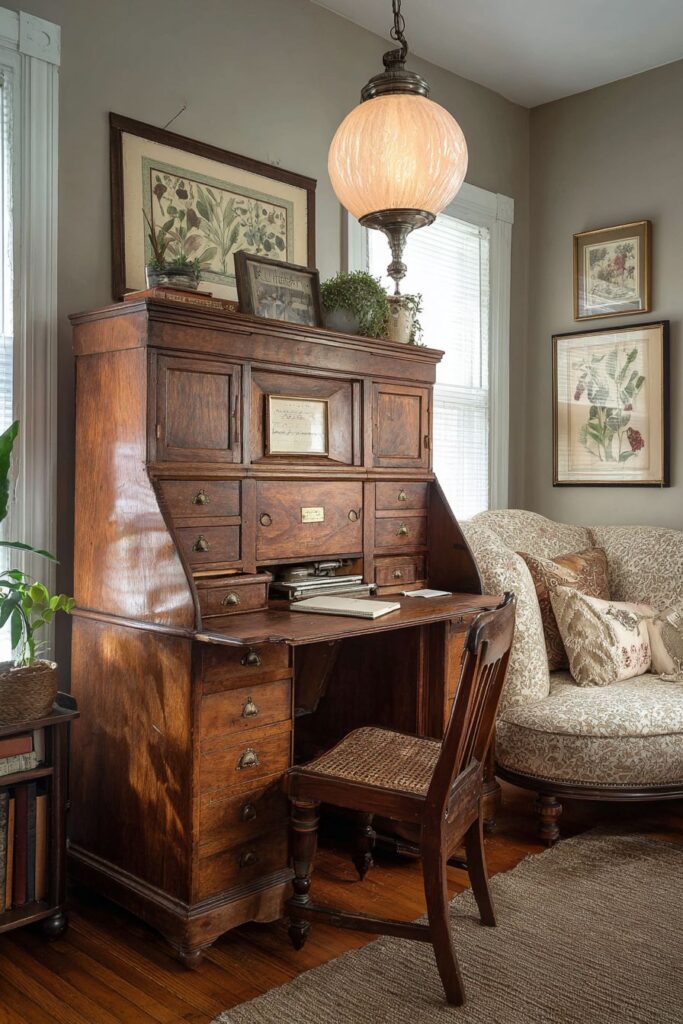
A vintage desk chair with caned seat and back sits before the desk, providing comfortable seating while maintaining visual lightness through the caned elements. Caning, a traditional furniture technique weaving rattan or reed through wooden frames, creates seats and backs that are both flexible and breathable—far more comfortable than solid wood while maintaining period authenticity. The slight sagging in the cane and minor breaks represent authentic aging that adds rather than detracts from the chair’s character. Above the desk hangs a vintage pendant light with milk glass shade, providing focused task lighting perfect for writing, reading, or working while contributing to the vintage aesthetic through its classic form and soft, diffused illumination.
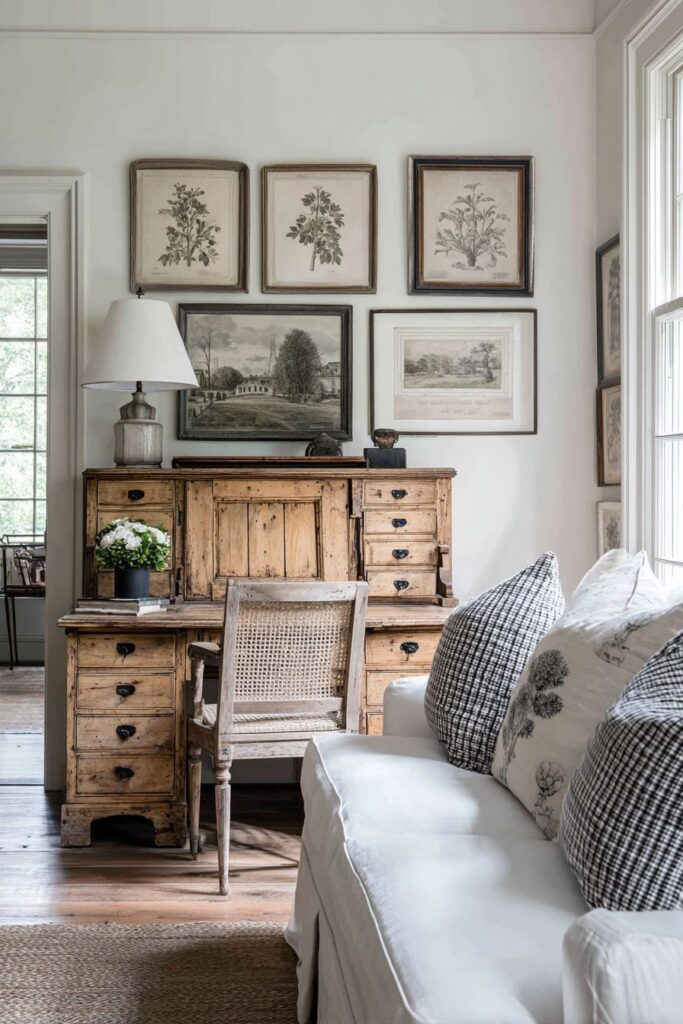
The surrounding space features vintage botanical prints that create an inspiring atmosphere for creative work and a small settee with needlepoint cushions that provides additional seating without overwhelming the compact room. The botanical prints, possibly original to the desk’s era, add color and natural inspiration while maintaining the scholarly, contemplative mood appropriate for a workspace. The settee with its needlepoint cushions offers a spot for taking breaks, reviewing documents, or simply contemplating, while the handworked needlepoint represents traditional crafts and attention to detail valued in earlier eras.

Key Design Tips:
- Choose secretary desks for compact workspaces that provide storage and can be concealed when not in use
- Pair desks with vintage caned chairs for comfortable, breathable seating with authentic period character
- Install pendant lights with milk glass shades for focused task lighting with soft, diffused quality
- Display botanical prints in workspace areas to provide visual inspiration and connection to nature
- Add small settees or additional seating for workspace versatility and comfortable breaks
- Organize desk drawers with vintage storage accessories like letter boxes and pen trays for functional beauty
11. Rustic Brick Accent Wall Warmth

This warm vintage living room features a brick accent wall with original mortar showing slight age, flanked by built-in wooden shelving displaying vintage cameras, antique books, and brass telescope. The exposed brick wall creates immediate visual warmth through its earthy red and brown tones while adding significant texture that contrasts beautifully with smoother plaster walls. The original mortar showing slight age—perhaps with minor crumbling or color changes—proves this is original construction rather than modern faux brick, adding authentic character. The brick’s slight irregularities in color and shape demonstrate traditional brickmaking techniques where each brick was individually formed and fired rather than mass-produced to exact specifications.

The built-in wooden shelving flanking the brick wall creates display opportunities while maintaining architectural harmony. These shelves house a curated collection of vintage cameras representing various eras of photographic technology, from box cameras to early SLRs. This collection speaks to interest in technological history and visual arts while creating fascinating sculptural interest through the cameras’ varied forms and mechanisms. Antique books add literary weight and visual texture through their varied heights and aged bindings, while a brass telescope provides both decorative impact and symbolic meaning, suggesting curiosity about the world and interest in observation and discovery.

A camelback sofa in worn tobacco leather faces the focal wall, its distinctive humped back creating a graceful silhouette that has remained popular for centuries. The tobacco leather has developed beautiful patina through years of use, with natural color variations, slight creasing, and softened texture that make the piece more appealing with age. A distressed wooden trunk serving as coffee table continues the rustic aesthetic while providing storage, while vintage industrial-style pendant lights hang from exposed ceiling beams, adding another layer of architectural interest and providing warm ambient illumination that complements the brick’s earthy tones.

Key Design Tips:
- Expose original brick walls as feature elements that add texture, warmth, and authentic character
- Install built-in shelving flanking brick walls for symmetrical display opportunities
- Curate collections of vintage objects with personal meaning rather than generic decorator accessories
- Choose camelback sofas in tobacco or cognac leather that develop beautiful patina with age
- Repurpose wooden trunks as coffee tables for rustic character and functional storage
- Hang industrial-style pendant lights from exposed beams for atmospheric ambient lighting
12. Picture Rail Gallery Display
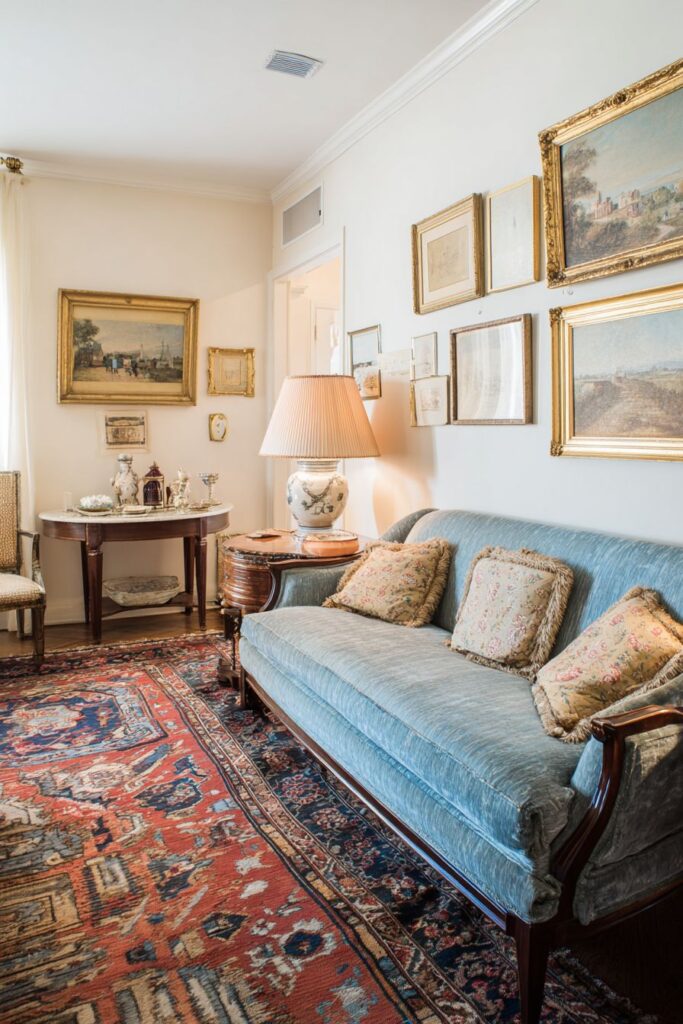
This vintage living room showcases original picture rail molding displaying a collection of antique oil paintings in ornate gold-leaf frames showing natural age-appropriate craquelure. The picture rail, an architectural detail from an era before drywall when hanging heavy artwork directly on plaster walls risked damage, runs horizontally around the room several inches below the ceiling. This ingenious system allows paintings to hang from hooks attached to the rail via wire or chain, enabling easy rearrangement without putting new holes in walls. The molding itself represents traditional millwork craftsmanship with its profiled shape and careful installation.
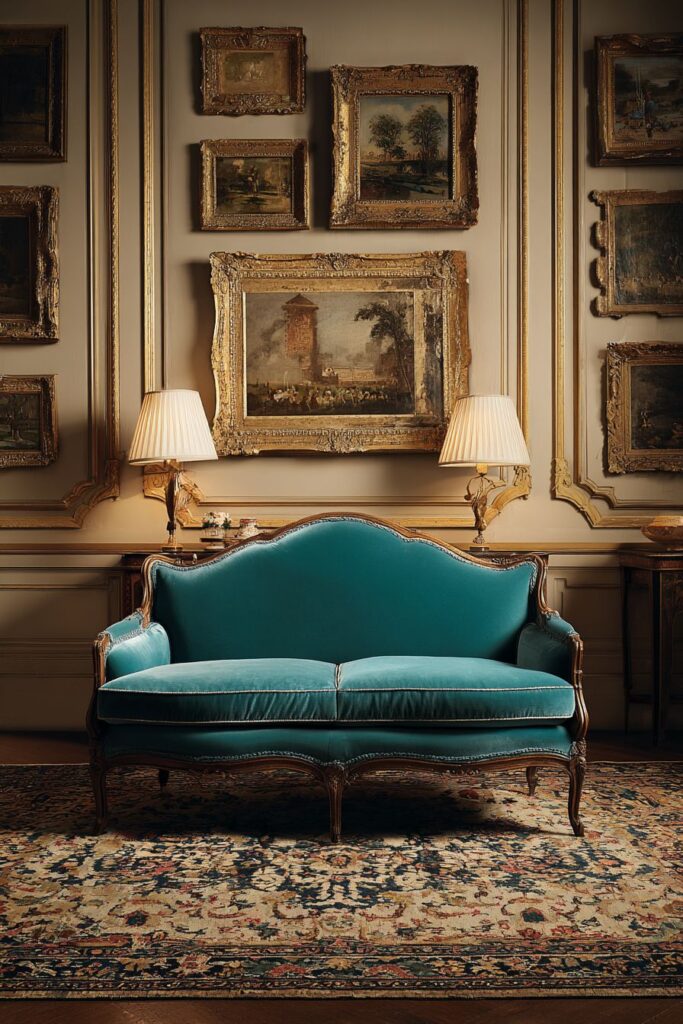
The collection of antique oil paintings creates a salon-style gallery that transforms the living room into an intimate museum space. Each painting in its ornate gold-leaf frame contributes to the overall composition while maintaining individual interest. The gold-leaf frames show natural age-appropriate craquelure—a network of fine cracks in the gilding that results from decades of expansion and contraction with temperature and humidity changes. Rather than diminishing the frames’ value, this craquelure proves their age and authenticity while creating beautiful textural interest that catches light in complex ways.
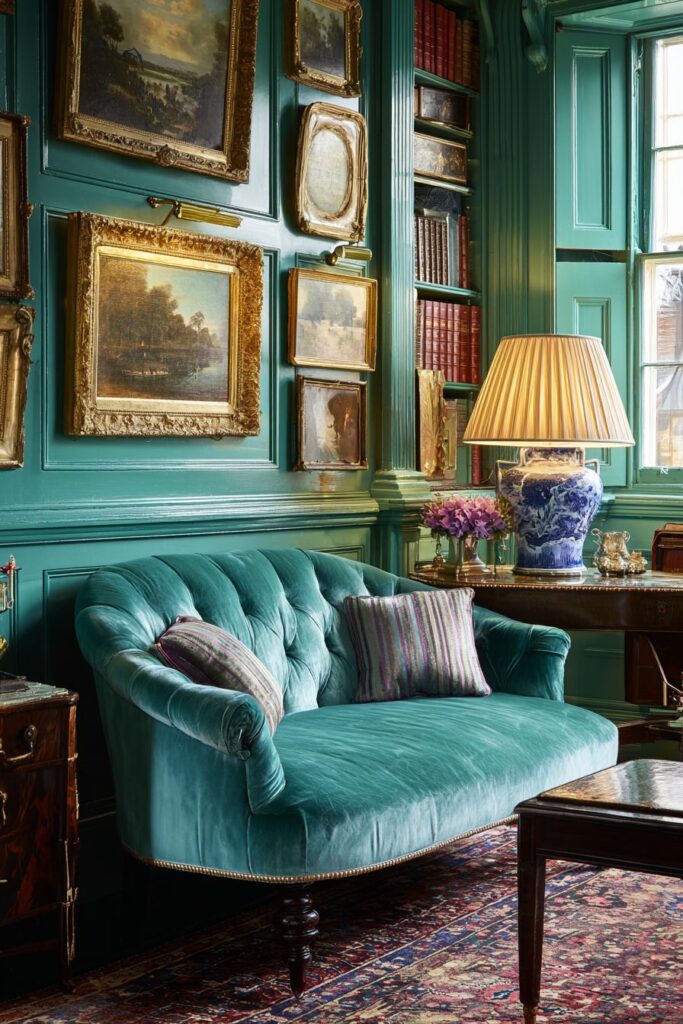
Below this impressive gallery sits a velvet settee in peacock blue with carved mahogany frame, providing a sophisticated perch for viewing the artwork while contributing its own visual impact through rich color and ornate woodwork. The peacock blue velvet creates jewel-toned richness that coordinates beautifully with the gold-leaf frames while standing out against more neutral wall colors. The carved mahogany frame displays exceptional craftsmanship in its flowing curves and detailed relief work. This settee rests on a vintage Kashan rug with rich jewel tones and natural wear patterns, the Persian rug’s intricate design providing a complex, beautiful foundation that grounds the furniture arrangement while adding another layer of color, pattern, and cultural richness.
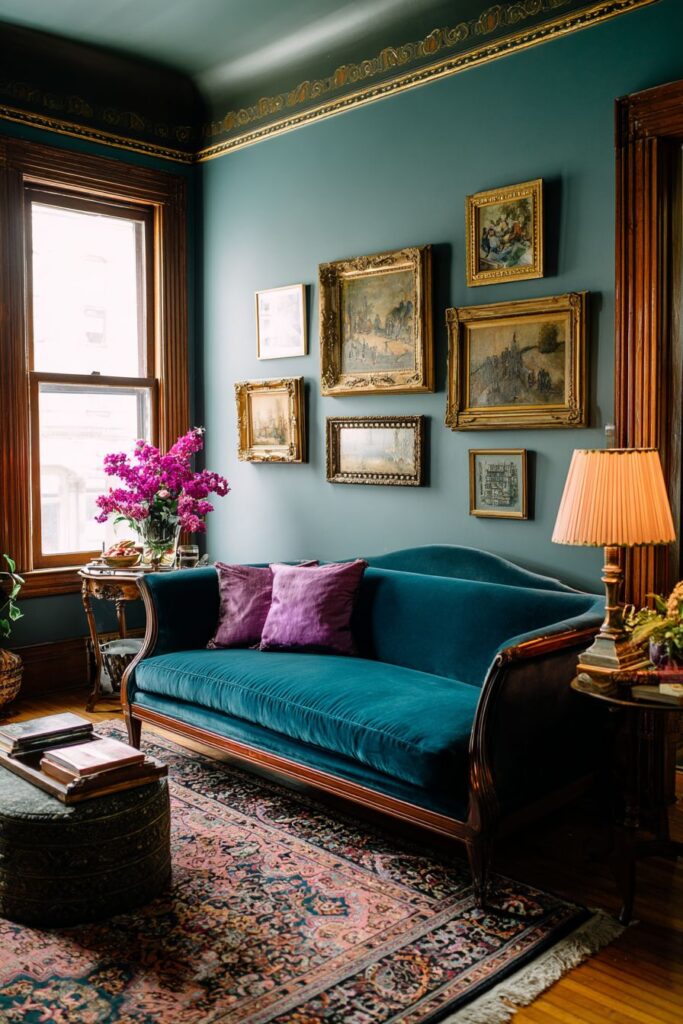
Key Design Tips:
- Preserve or install picture rail molding to display artwork without damaging walls
- Create salon-style galleries with multiple paintings of various sizes for dramatic visual impact
- Accept craquelure in gilded frames as desirable evidence of age rather than damage requiring repair
- Choose jewel-toned velvet upholstery like peacock blue to coordinate with ornate gold frames
- Layer Persian rugs with rich colors beneath furniture for additional pattern and warmth
- Position seating to allow comfortable viewing of artwork while creating conversational arrangements
13. Vintage Radio Cabinet Entertainment

This vintage living room entertainment area features an antique radio cabinet repurposed as a media console in dark walnut with original fabric speaker panels and brass dials. The radio cabinet, likely dating from the 1930s or 1940s when such pieces were living room centerpieces for family entertainment, represents both technological and design history. Its dark walnut case has developed rich patina over decades, while the original fabric speaker panels—often featuring attractive geometric or art deco patterns—provide textural contrast and period authenticity. The brass dials, knobs, and tuning mechanisms, though no longer functional in their original capacity, add decorative interest and tactile appeal while suggesting the cabinet’s original purpose.

Floating wooden shelves with visible grain texture display vintage records above the repurposed cabinet, creating both storage and display for a vinyl collection that complements the vintage audio aesthetic. These shelves, likely made from reclaimed wood or vintage materials themselves, show natural wood grain patterns that add organic interest and warmth. Displaying records vertically with spines visible creates graphic impact through the varied album cover designs and typography while keeping the collection accessible for regular use. This display celebrates physical music media and the ritual of selecting and playing records rather than digital convenience.

A low-profile vintage sofa in olive green tweed with tapered wooden legs faces the console, providing comfortable viewing and listening position while maintaining the mid-century modern aesthetic through its clean lines and organic color. The olive green tweed fabric, a quintessentially vintage choice, brings earthy warmth to the space while the nubby texture adds tactile interest. Natural afternoon light from nearby windows highlights the authentic vintage electronics and warm wood tones, creating an inviting atmosphere that celebrates both nostalgia and functionality. This space demonstrates how vintage pieces can be thoughtfully repurposed for modern entertainment needs while maintaining their character and charm.

Key Design Tips:
- Repurpose vintage radio cabinets as media consoles to blend modern technology with authentic vintage character
- Install floating shelves to display vinyl record collections as both functional storage and decorative element
- Choose low-profile sofas in vintage fabrics like tweed for comfortable viewing while maintaining period aesthetic
- Position entertainment areas near windows to benefit from natural light that enhances wood tones
- Celebrate original hardware like brass dials and fabric speaker panels as decorative features
- Create functional vintage spaces that serve modern needs while respecting original character and craftsmanship
14. Travel-Inspired Cognac Leather Study
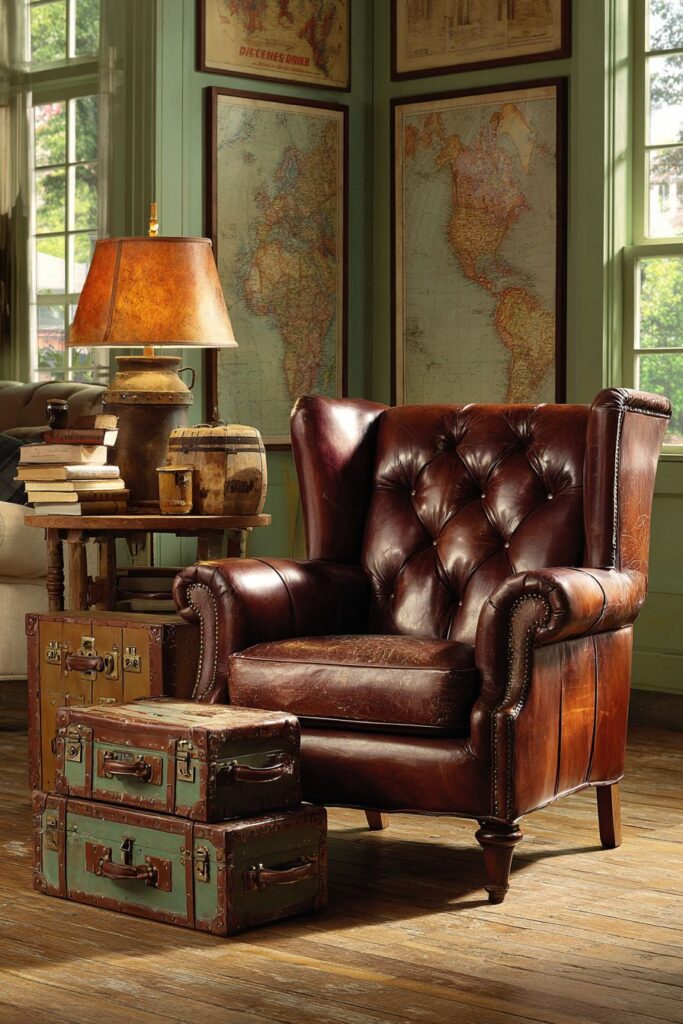
This sophisticated vintage living room embraces wanderlust through a tufted leather club chair in cognac showing natural patina and slight cracking appropriate to age. The club chair, with its deep seat, low arms, and tufted back, represents classic masculine comfort and style. The cognac leather has developed beautiful patina over years of use, with color deepening in some areas while lightening in others, creating organic variations that make the piece visually compelling. The slight cracking in high-use areas doesn’t indicate damage but rather proves the leather’s authenticity—genuine leather ages this way, developing character marks that synthetic materials cannot replicate.
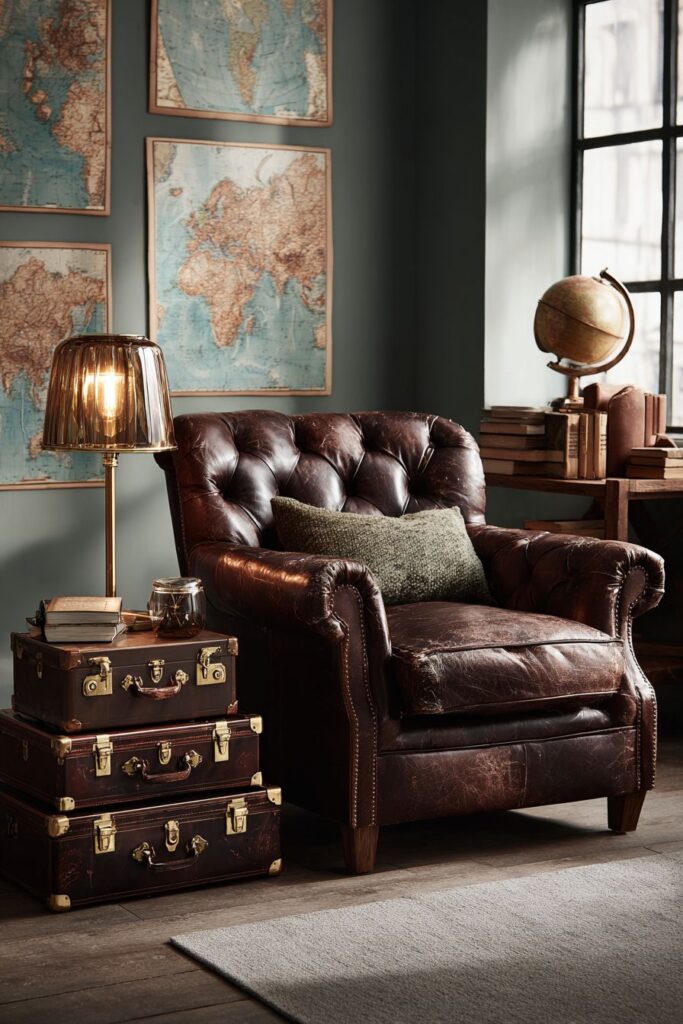
Beside the chair stands a vintage side table ingeniously composed of stacked antique suitcases topped with a brass table lamp with amber glass shade. The stacked suitcases, likely dating from various travel eras based on their different sizes, materials, and hardware styles, create a unique side table that’s both functional and narrative. Each suitcase tells stories of journeys taken and adventures experienced, with travel stickers, worn corners, and age-appropriate scuffing adding to their appeal. The brass table lamp with its amber glass shade provides warm, flattering illumination while coordinating with the suitcase hardware and complementing the cognac leather’s tones.
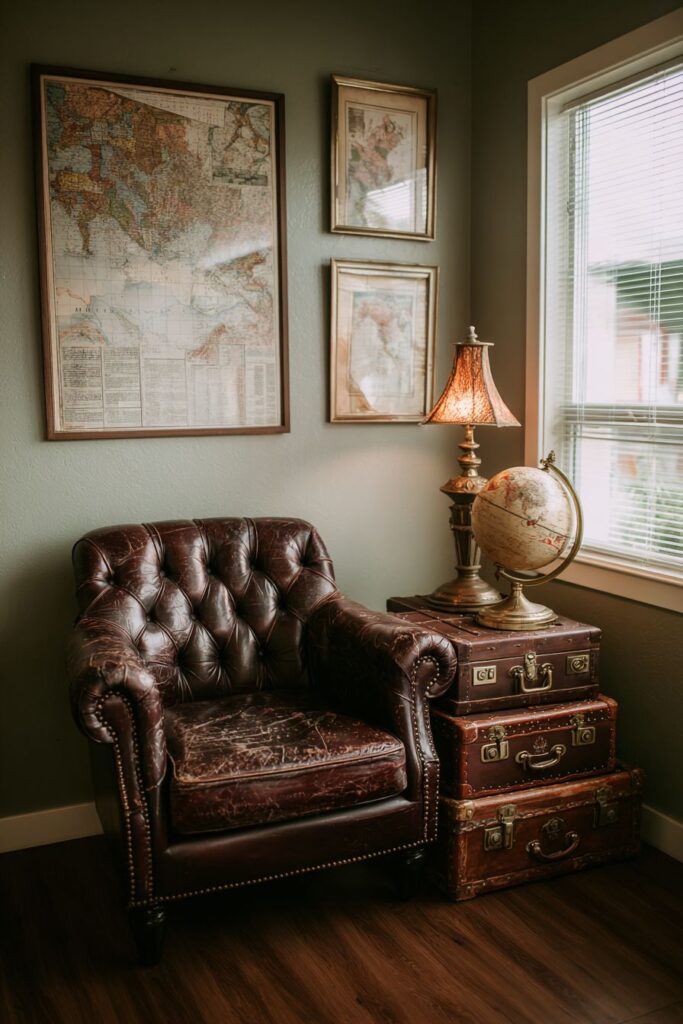
Behind the seating arrangement, vintage maps in weathered frames hang on walls painted in muted sage green, reinforcing the travel theme while adding cartographic interest and historical value. These maps, whether depicting familiar territories or exotic locations, create visual interest through their varied line work, typography, and cartographic conventions from different eras. The weathered frames show age-appropriate wear that proves authenticity while the sage green wall color provides a sophisticated, slightly masculine backdrop that allows the maps’ details to stand out. This thoughtfully composed space celebrates exploration, adventure, and the romance of travel while creating a comfortable retreat for reading travel literature or planning future journeys.
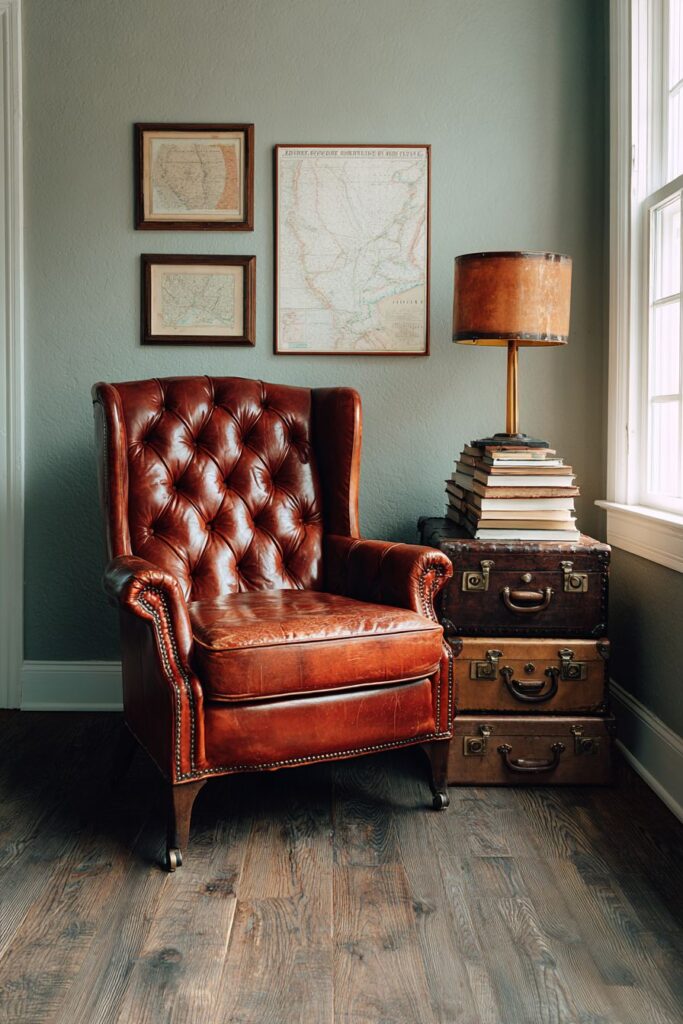
Key Design Tips:
- Invest in cognac or tobacco leather club chairs that develop beautiful patina through natural aging
- Stack vintage suitcases to create unique side tables with storage and narrative interest
- Display vintage maps in weathered frames to add cartographic interest and reinforce travel themes
- Paint walls in muted sage green for sophisticated backdrop that complements leather and brass tones
- Choose amber glass lamp shades for warm, flattering illumination that enhances vintage atmosphere
- Accept natural leather cracking and patina as desirable aging rather than damage requiring repair
15. Victorian Fainting Couch Elegance
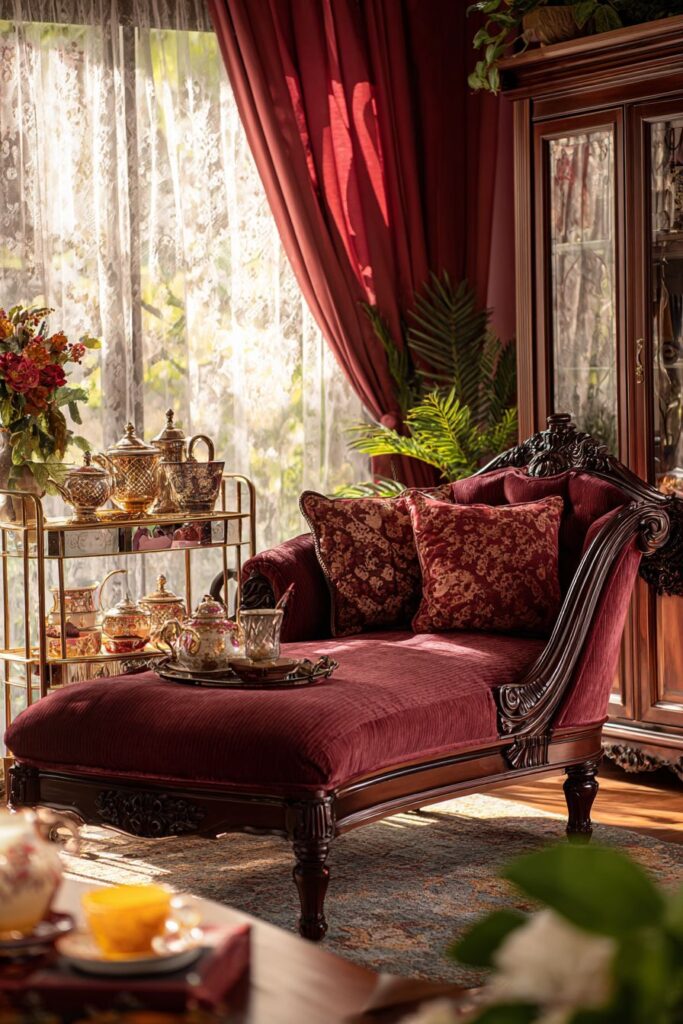
This vintage living room features a Victorian-era fainting couch with carved wooden frame and reupholstered burgundy velvet showing slight fabric compression from use. The fainting couch, also known as a chaise longue or recamier, represents Victorian furniture at its most romantic and elegant. Its carved wooden frame displays exceptional craftsmanship with flowing curves, detailed relief work, and possibly ball-and-claw feet or other ornamental details that showcase the woodworker’s skill. The burgundy velvet reupholstery maintains period authenticity while the slight fabric compression in seating areas proves this is a piece meant for use rather than mere display. This compression, where the velvet pile has been flattened slightly through decades of people reclining, adds authenticity that new upholstery cannot replicate.
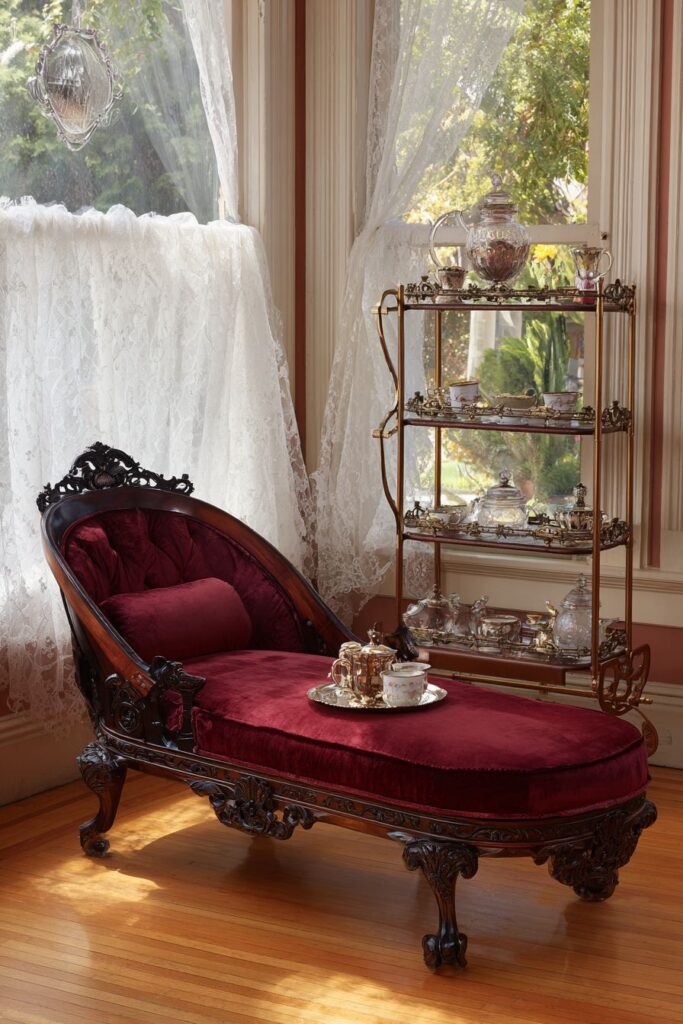
An antique tea cart with brass wheels and glass shelves displays vintage teacups and silver serving pieces with natural tarnish, creating a charming vignette that evokes the Victorian tradition of afternoon tea. The tea cart’s brass wheels allow mobility while adding decorative interest through their metalwork details, and the natural tarnish on both the wheels and the silver serving pieces creates warmth and proves authenticity. The glass shelves provide practical storage while allowing visual access to the displayed items from multiple angles. The vintage teacups, likely fine china or porcelain with delicate floral patterns or gilt trim, represent the Victorian appreciation for beautiful tableware and the social ritual of tea service.
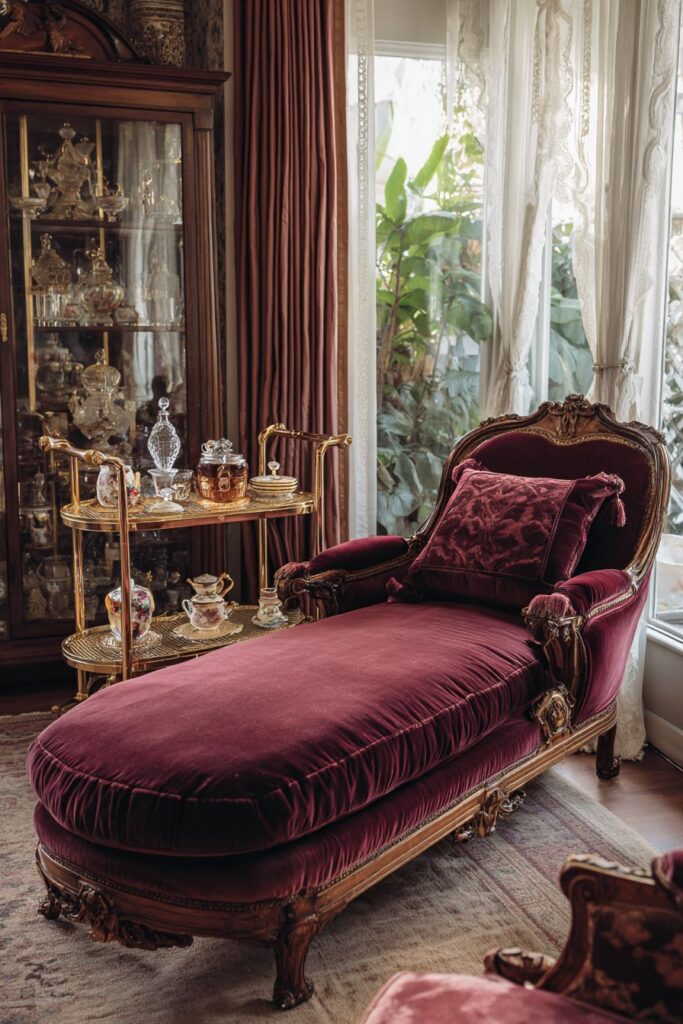
Lace curtains frame tall windows allowing diffused natural light that creates the soft, romantic illumination perfect for Victorian interiors. These curtains, whether vintage lace or quality reproductions, feature intricate patterns created through traditional lacemaking techniques. The diffused light they create is far more flattering than harsh direct sunlight, protecting fabrics and wood finishes from fading while creating an ethereal, dreamy atmosphere. The tall windows themselves suggest Victorian-era architecture when high ceilings and large windows were valued for their ability to provide natural light and ventilation. This romantic setting invites leisurely afternoons spent reading, conversing, or simply enjoying the beauty of a carefully composed vintage interior.
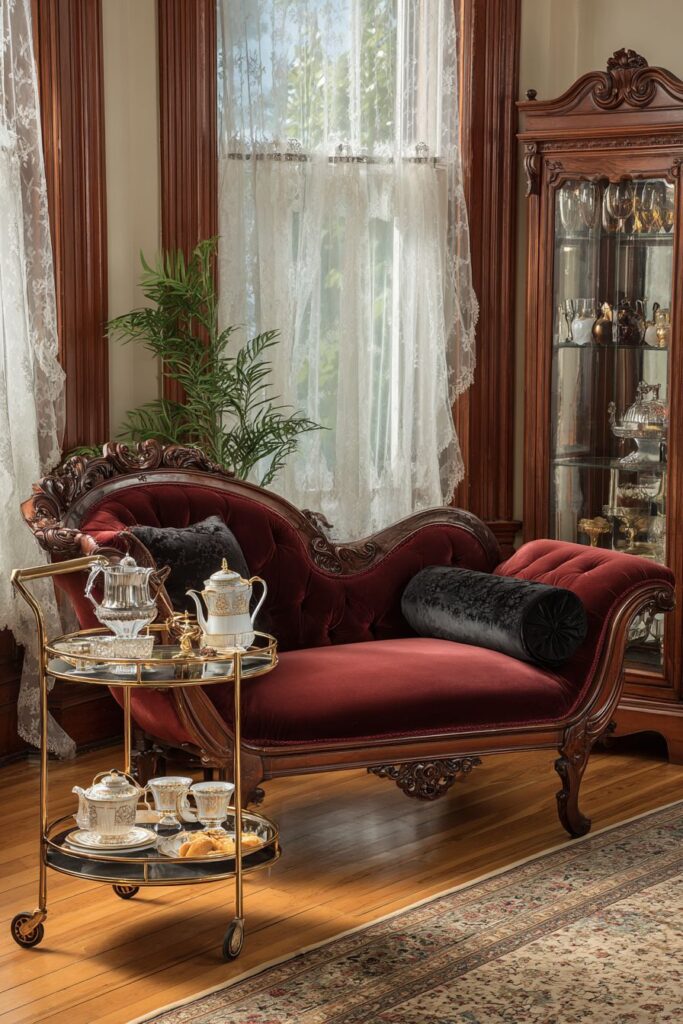
Key Design Tips:
- Select Victorian fainting couches with carved wooden frames as statement pieces that provide both seating and visual drama
- Reupholster in rich jewel tones like burgundy, emerald, or sapphire velvet for authentic Victorian color schemes
- Use antique tea carts with brass wheels and glass shelves for mobile serving stations with decorative appeal
- Display vintage china and silver serving pieces with natural tarnish for authentic aged appearance
- Install lace curtains at tall windows to diffuse natural light and create romantic, soft illumination
- Embrace slight fabric compression and wear as evidence of comfortable use over decades
16. Rustic Stone Fireplace Retreat
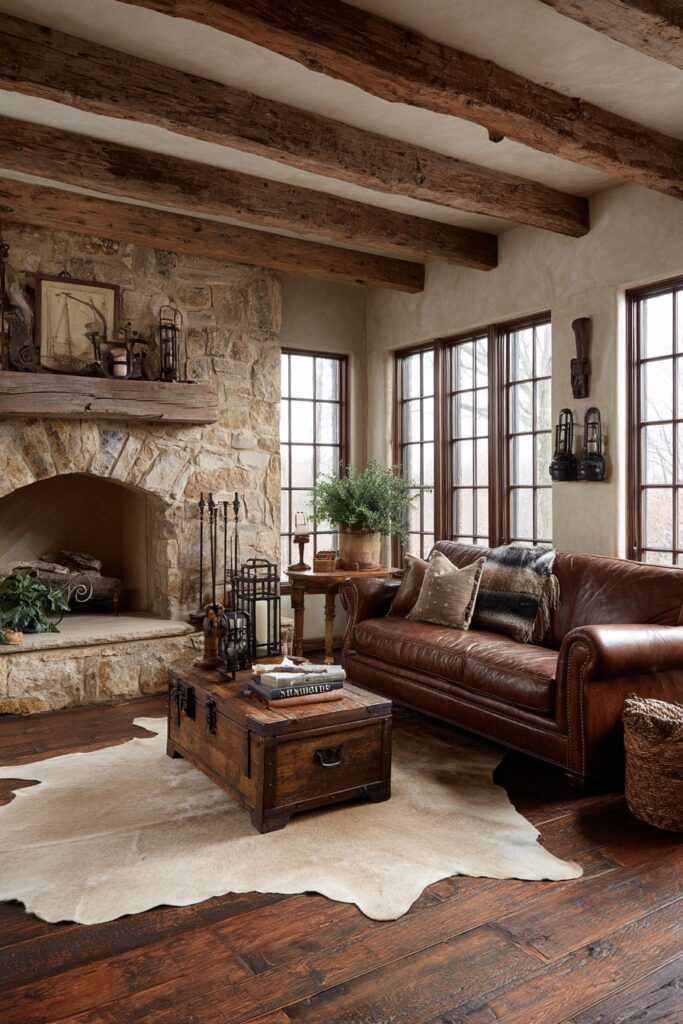
This vintage living room showcases rustic elegance through exposed wooden ceiling beams showing natural darkening and a stone fireplace with vintage iron tools and bellows. The exposed ceiling beams represent structural elements that in modern construction would be hidden behind drywall, but in vintage and period homes were celebrated as architectural features. The natural darkening of the wood over decades, caused by oxidation, smoke exposure, and natural aging processes, creates rich brown and gray tones that add warmth and character to the ceiling plane. These beams, hand-hewn rather than milled, show the tool marks and slight irregularities that prove their age and craftsmanship.
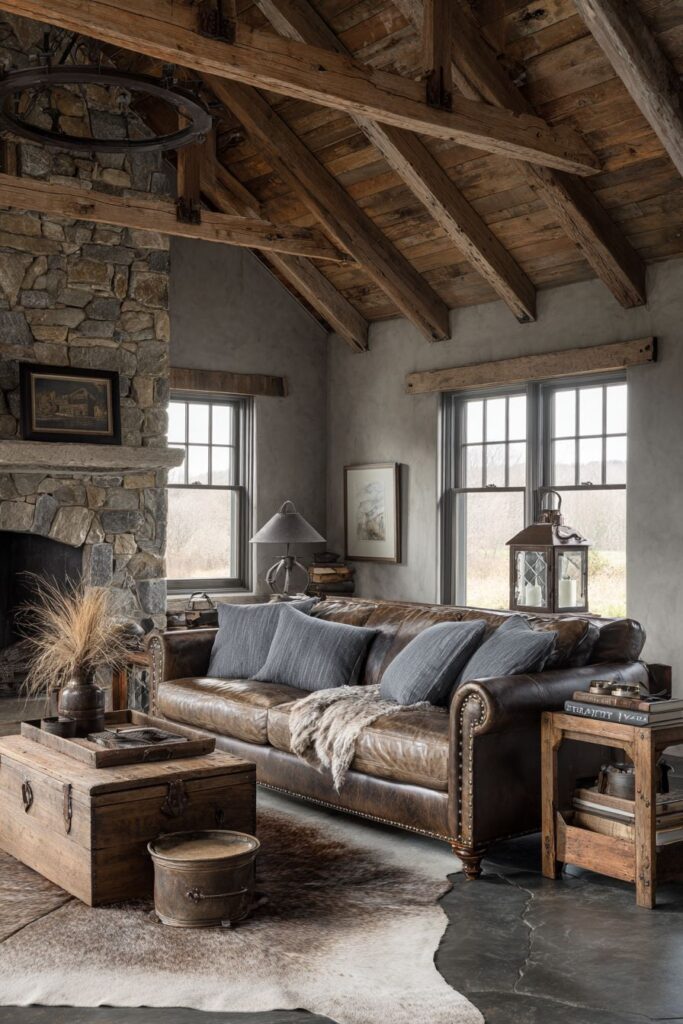
The stone fireplace serves as the room’s focal point, its irregular stones fitted together with traditional masonry techniques that create texture and visual interest. Unlike modern manufactured stone that looks too uniform, authentic stone fireplaces show variation in stone size, shape, color, and texture that creates organic beauty. The vintage iron fireplace tools—poker, shovel, tongs, and brush—hang ready for use, their blackened iron showing the patina that develops on this metal with age and heat exposure. The leather bellows, used historically to encourage flames by directing air into the fire, adds both functional and decorative interest while representing traditional fire-tending practices.
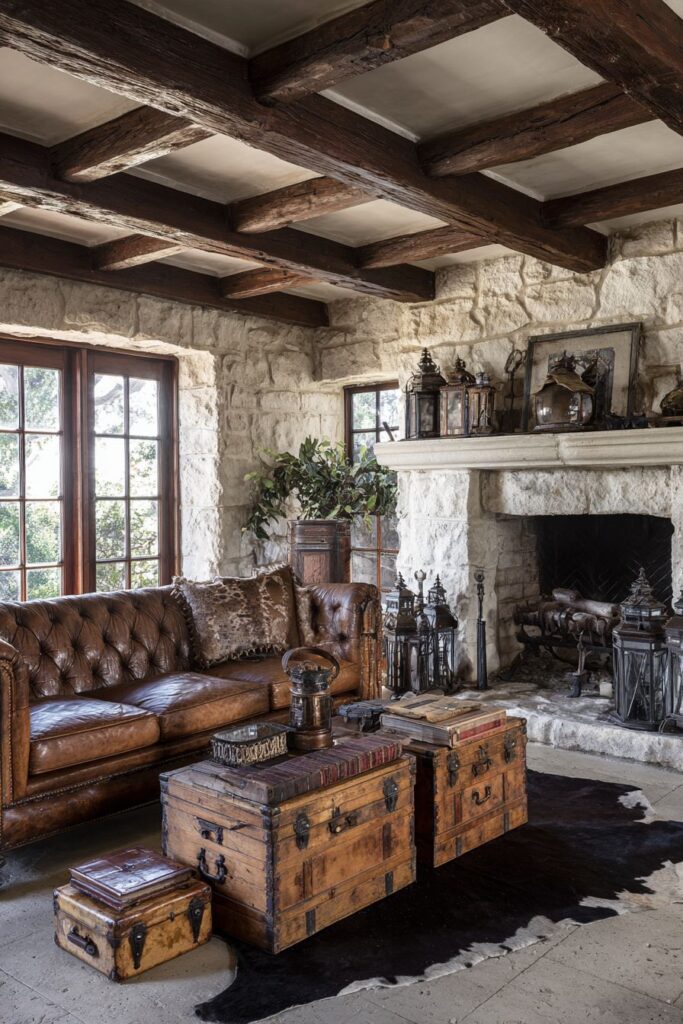
A leather sofa with brass studs and visible wear patterns anchors the space on a cowhide rug, maintaining the rustic aesthetic while providing substantial comfortable seating. The leather shows natural wear including color variations, slight creasing, and softened texture that develops over years of use. The brass studs, traditionally used to secure leather to wooden frames while adding decorative interest, have developed patina that coordinates with the iron fireplace tools. Antique wooden crates serve as side tables, displaying vintage oil lanterns and aged books. Natural lighting from mullioned windows creates atmospheric shadows that enhance the rustic character, with sunlight highlighting textures and creating dramatic contrasts between light and shadow.
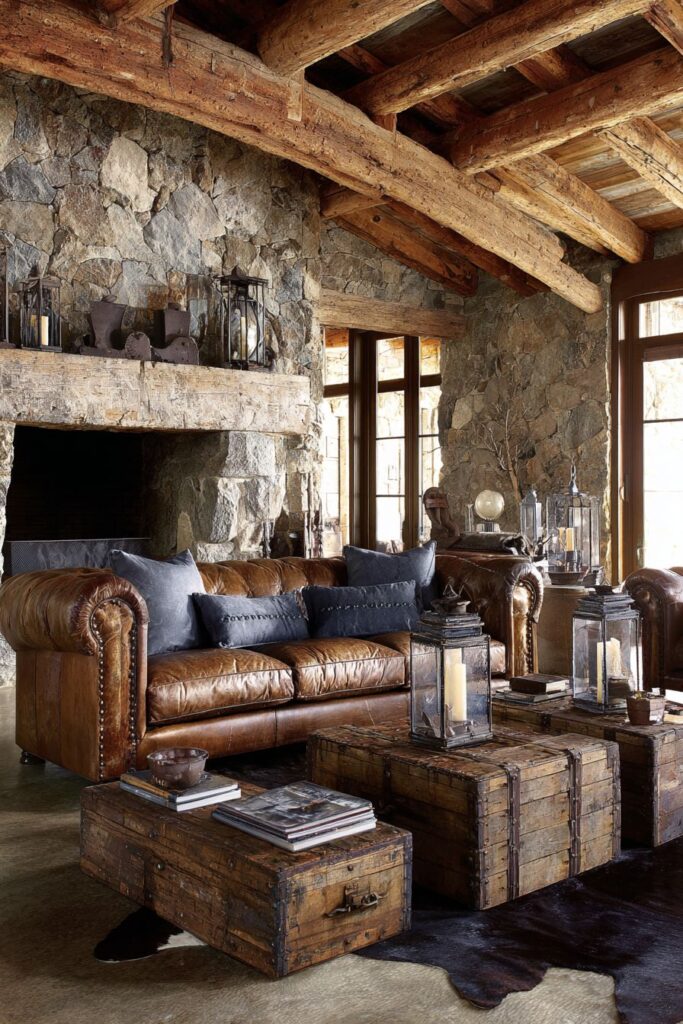
Key Design Tips:
- Expose ceiling beams when possible to celebrate structural elements as architectural features
- Build or preserve stone fireplaces with irregular stones for authentic rustic texture
- Display vintage fireplace tools and bellows as both functional implements and decorative accessories
- Choose leather sofas with brass stud details that develop beautiful patina with age
- Repurpose wooden crates as rustic side tables with built-in storage character
- Layer cowhide rugs for textural interest and durability in high-traffic rustic spaces
17. Bergère Chair Conversation Area

This vintage living room features a refined conversation area with two antique bergère chairs with carved wooden frames and original caned backs, reupholstered in faded striped linen. The bergère chair, a classic French furniture form dating from the eighteenth century, features an exposed wooden frame, upholstered seat and back, and often caned panels that provide visual lightness and breathability. The carved wooden frames on these examples display the kind of detailed handiwork—perhaps featuring floral motifs, scrollwork, or other ornamental details—that distinguishes quality antique furniture. The original caned backs, though perhaps showing slight sagging or minor breaks, prove the chairs’ authenticity while maintaining period-correct construction.

The reupholstered faded striped linen brings fresh fabric while maintaining vintage character through the choice of natural fiber and the slightly faded appearance that suggests age. Stripes, particularly in subtle colorations on linen ground, create visual interest without overwhelming the carved frame details. The linen fabric’s natural texture and slight irregularities add to the vintage aesthetic while providing durable, comfortable seating. Between the chairs sits a vintage tilt-top table in mahogany with pie-crust edge detailing, a traditional form where the top can be tilted vertical for space-saving storage. The pie-crust edge, with its scalloped, molded rim, represents traditional furniture making techniques and adds decorative interest to the table’s profile.

A vintage floor lamp with fringed shade provides warm lighting for the conversation area, its soft glow creating intimate atmosphere perfect for evening discussions. The fringed shade, a classic vintage lamp detail, adds textural interest while the fringe’s movement creates subtle visual animation. Behind the seating arrangement stands a vintage folding screen with hand-painted pastoral scenes that adds depth, provides visual backdrop, and can be moved to reconfigure the space as needed. The hand-painted scenes, likely depicting idealized countryside or garden views, represent traditional decorative arts while the folding screen’s flexibility demonstrates the practical versatility of vintage furniture forms.

Key Design Tips:
- Select bergère chairs with exposed carved frames and caned backs for authentic French vintage style
- Reupholster in natural fiber fabrics like linen or cotton with subtle patterns or faded appearance
- Position matching pairs of chairs facing each other to create intimate conversation areas
- Use tilt-top tables between chairs for flexible functionality and space-saving potential
- Choose floor lamps with fringed shades for soft, warm illumination and vintage character
- Add folding screens with hand-painted scenes as flexible room dividers and decorative backdrops
18. Antique Roll-Top Desk Office
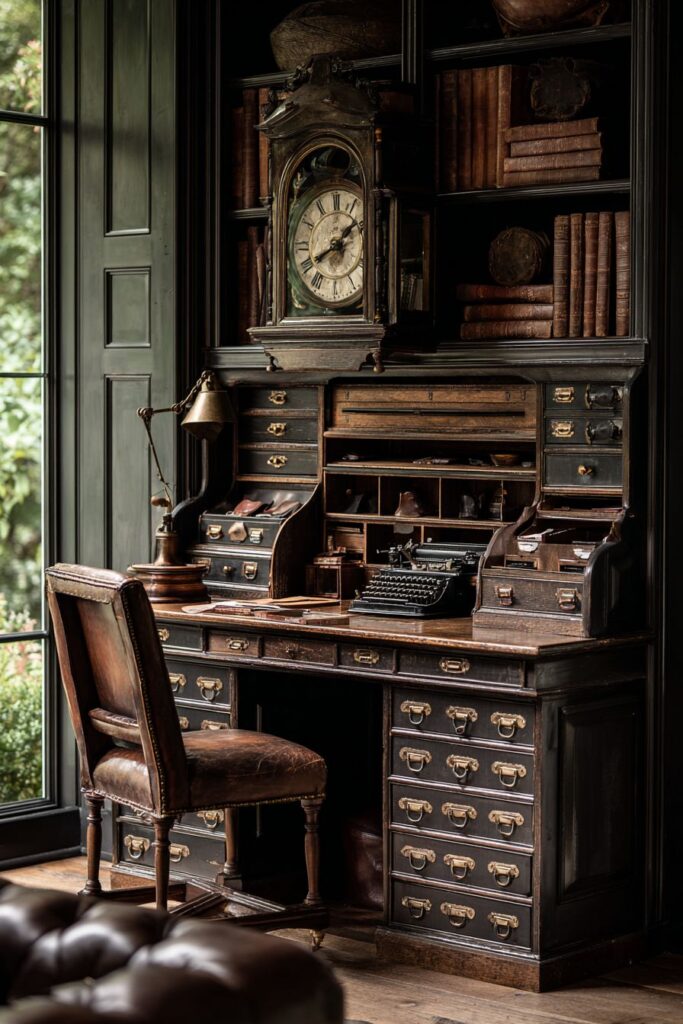
This vintage living room workspace features an antique roll-top desk in oak with multiple compartments, brass hardware showing age-appropriate patina, and organized vintage office supplies. The roll-top desk represents one of the most ingenious furniture designs ever created, combining extensive storage, organized compartments, and the ability to conceal work in progress simply by pulling down the slatted roll-top cover. The oak construction has developed beautiful honey tones over decades, while the wood grain provides organic pattern interest that makes each desk unique. The multiple compartments—pigeonholes for correspondence, small drawers for supplies, perhaps a hidden compartment for valuables—demonstrate the thoughtful organization systems of pre-digital offices.
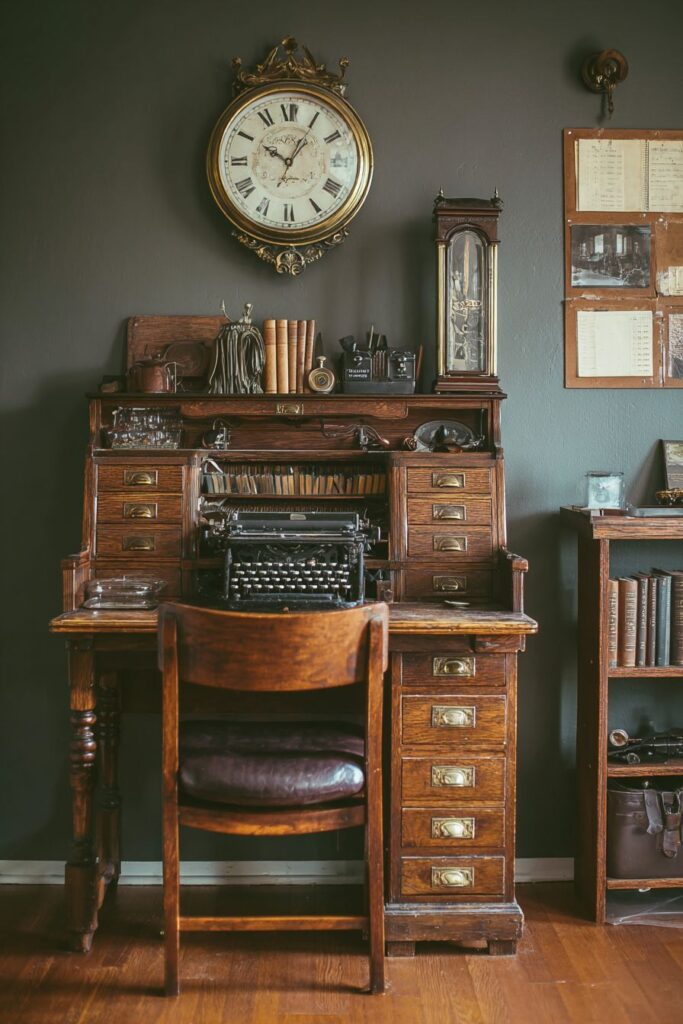
The brass hardware, including drawer pulls, lock plates, and possibly the roll-top track system, shows age-appropriate patina with slight tarnishing and darkening that proves the desk’s age while adding warmth and character. A vintage wooden desk chair with leather seat sits before the desk, providing comfortable working position while maintaining period authenticity. The leather seat, worn smooth in the center from decades of use, shows the kind of authentic aging that cannot be artificially replicated. Above the desk hangs a vintage wall clock with Roman numerals and pendulum visible through glass front, providing both practical timekeeping and visual interest. The clock’s steady tick adds comforting ambient sound while the swinging pendulum creates gentle movement.
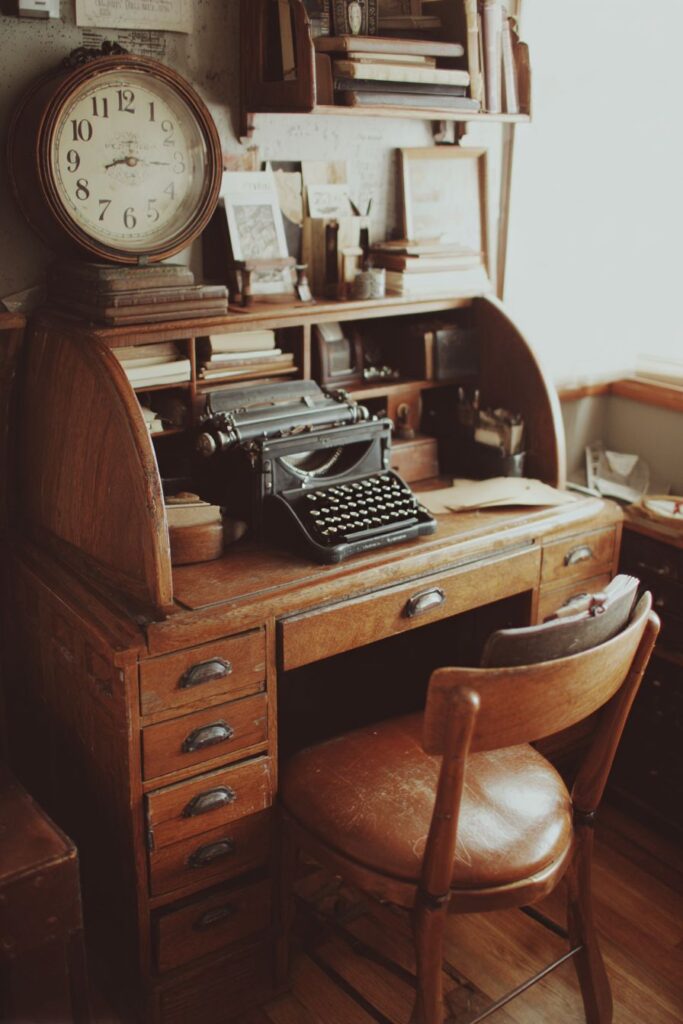
Nearby shelving displays a vintage typewriter and leather-bound ledgers, reinforcing the vintage office aesthetic while celebrating pre-digital work tools and practices. The typewriter, whether still functional or purely decorative, represents the mechanical ingenuity of its era while its sculptural form—exposed keys, visible type bars, paper roller—creates fascinating visual interest. The leather-bound ledgers with their marbled endpapers and handwritten entries represent the careful recordkeeping of earlier business practices. This workspace celebrates focused productivity and the tactile pleasures of working with physical materials rather than digital screens, creating an inspiring environment for writing, correspondence, or creative work.
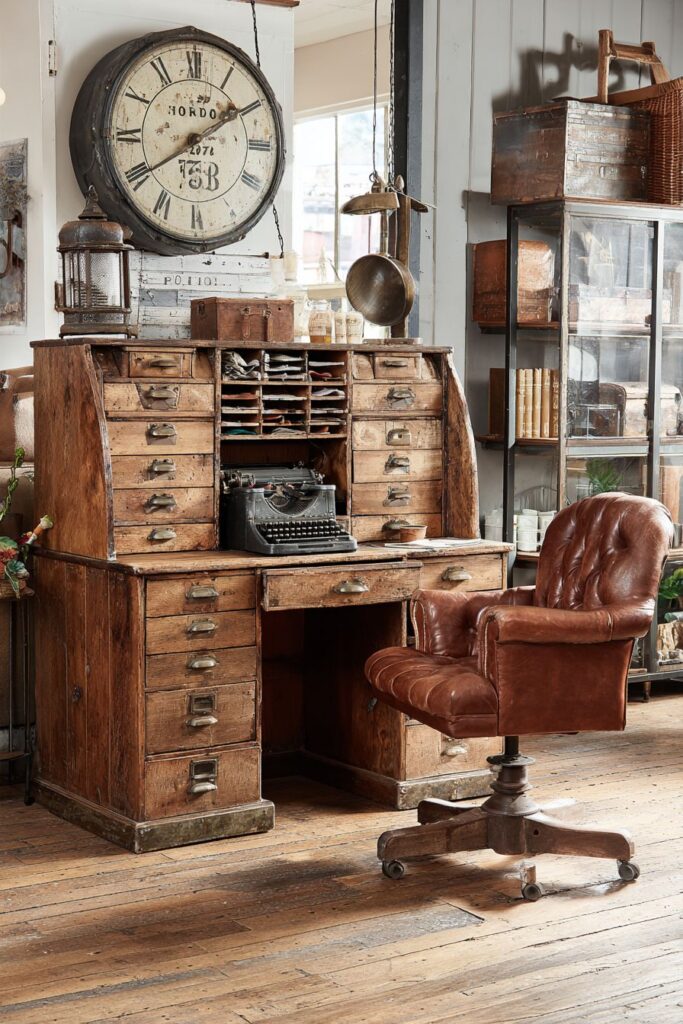
Key Design Tips:
- Choose roll-top desks for ultimate workspace organization and the ability to conceal work in progress
- Select oak desks that have developed warm honey tones through decades of natural aging
- Pair desks with vintage wooden chairs featuring leather seats that show authentic wear patterns
- Display vintage wall clocks with visible pendulums for both function and ambient interest
- Create vignettes with vintage typewriters and ledgers to celebrate pre-digital work tools
- Organize desk compartments with vintage office supplies like fountain pens, ink bottles, and blotters
19. Art Deco Glamour Revival
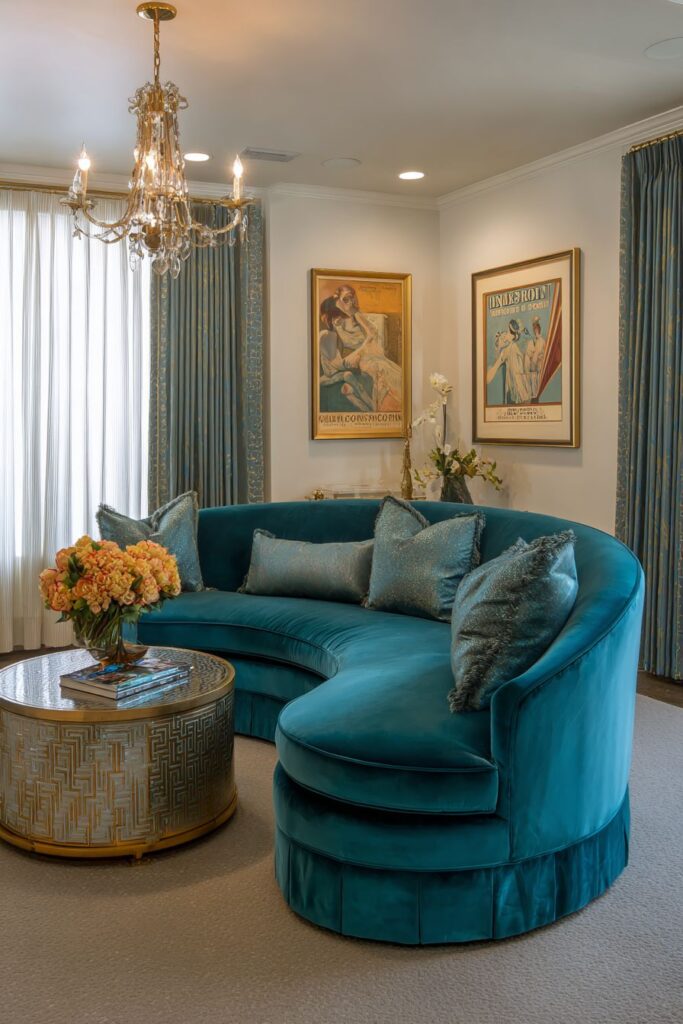
This vintage living room embraces art deco glamour through a curved sofa in jewel-toned velvet with waterfall skirt and slightly compressed cushions. The curved form, characteristic of art deco furniture design, creates visual drama and encourages social gathering while the jewel-toned velvet—perhaps emerald, sapphire, or amethyst—brings luxurious color and texture. The waterfall skirt, where fabric drapes smoothly to the floor without gathering or pleating, creates clean lines characteristic of the art deco aesthetic. The slightly compressed cushions show authentic use while the overall form maintains the period’s emphasis on geometric shapes and streamlined elegance.
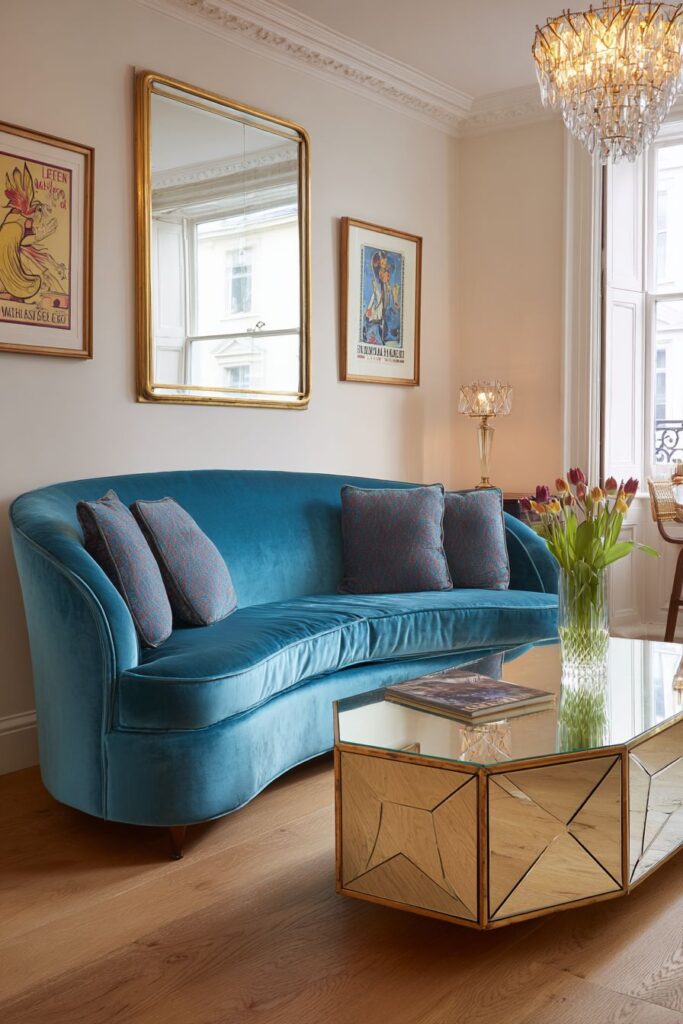
A mirrored coffee table with geometric etching and brass frame reflects light from a vintage crystal chandelier with amber glass accents, creating multiple layers of glamorous illumination and reflection. The mirrored surface doubles the visual impact of objects placed upon it while reflecting the chandelier’s light and the room’s furnishings, making the space feel larger and more luminous. The geometric etching, possibly featuring art deco’s characteristic sunburst, chevron, or stepped patterns, adds decorative interest without obscuring the mirror’s reflective properties. The brass frame provides warm metallic accent that coordinates with the chandelier and other metallic elements.
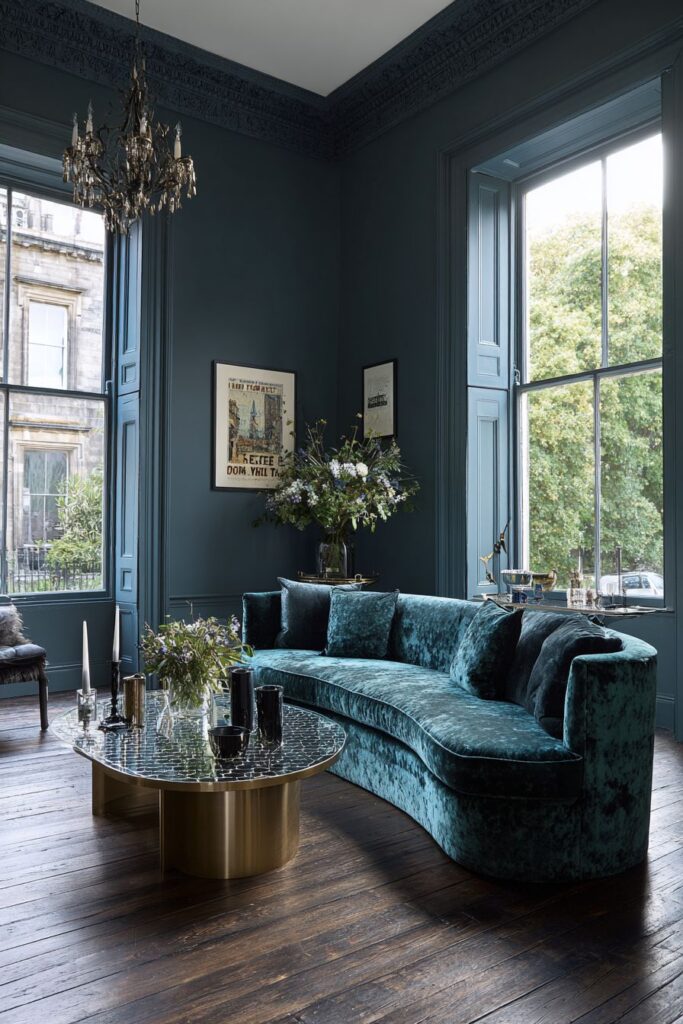
The vintage crystal chandelier with amber glass accents serves as a spectacular focal point, its crystals refracting light into rainbow patterns while the amber glass adds warm golden tones. The walls showcase vintage art deco posters in period-appropriate frames, their bold graphics, stylized figures, and distinctive typography representing the era’s graphic design innovations. These posters, whether advertising luxury ocean liners, exotic travel destinations, or theatrical productions, capture the optimism, sophistication, and forward-looking spirit of the 1920s and 1930s. This glamorous space demonstrates how art deco’s emphasis on luxury, geometry, and modern materials created interiors that still feel exciting and elegant nearly a century later.
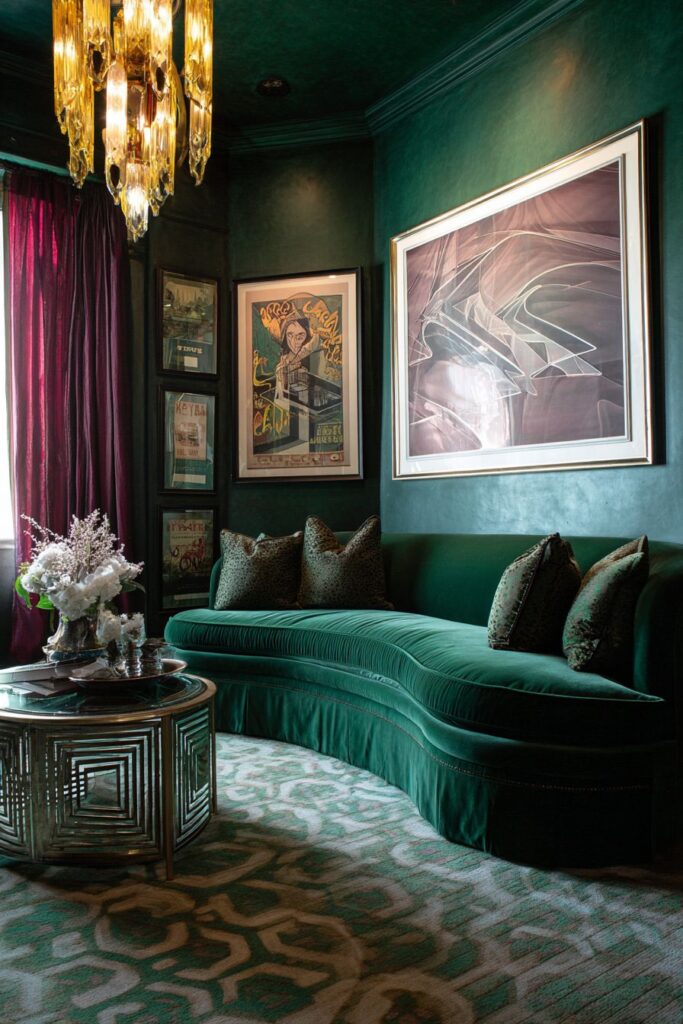
Key Design Tips:
- Choose curved sofas in jewel-toned velvet with waterfall skirts for authentic art deco elegance
- Use mirrored furniture with geometric etching to create glamorous reflective surfaces
- Install crystal chandeliers with amber or colored glass accents for dramatic illumination
- Display vintage art deco posters with bold graphics to add period-appropriate wall interest
- Coordinate brass and gold finishes throughout the space for cohesive metallic accents
- Embrace geometric patterns and streamlined forms characteristic of 1920s-1930s design
20. Bohemian Wicker Paradise
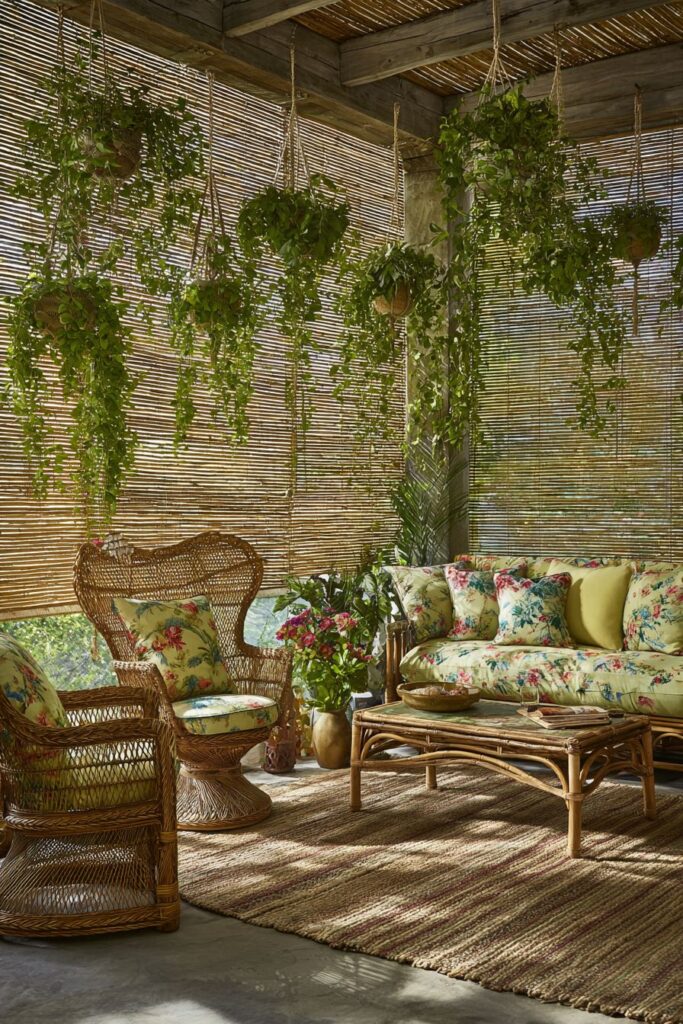
This vintage living room celebrates bohemian style through a collection of vintage wicker furniture including a peacock chair with natural aging and a rattan sofa with faded floral cushions showing fabric wear. The peacock chair, with its dramatic fan-shaped back radiating from the seat like a halo, represents one of the most iconic furniture forms of the 1960s and 1970s bohemian aesthetic. The natural aging of the wicker—slight darkening, minor loosening of weaving, perhaps small repairs—proves authenticity while the organic material adds textural warmth. The rattan sofa, with its woven construction and natural materials, provides substantial seating while maintaining visual lightness through its open weave.
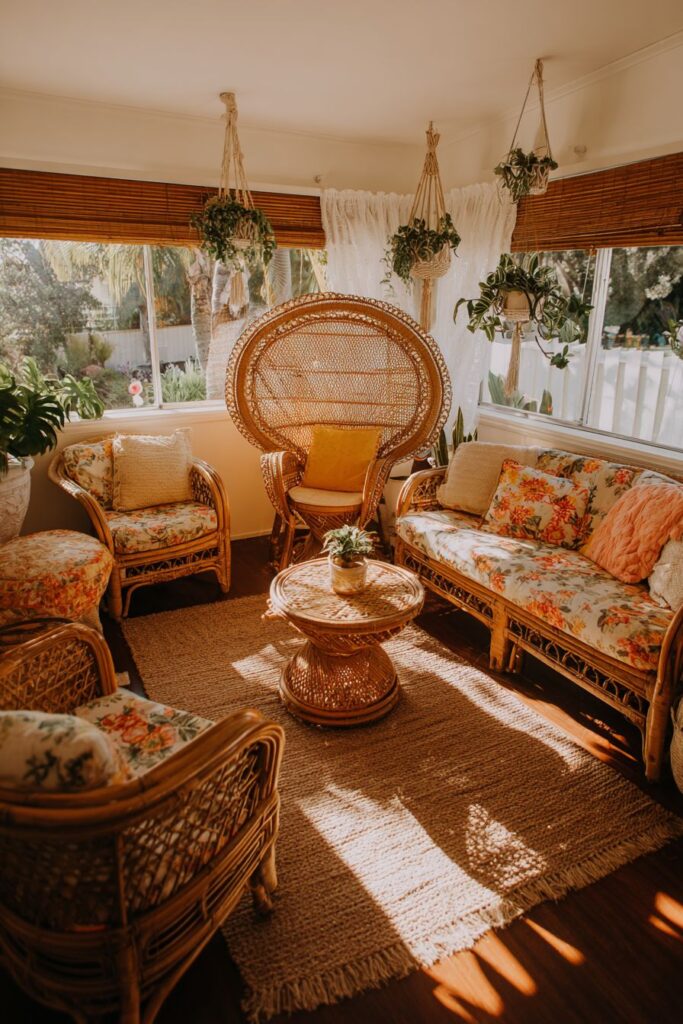
The faded floral cushions showing fabric wear demonstrate comfortable long-term use, their softened colors creating a relaxed, lived-in atmosphere perfect for the bohemian aesthetic. The fabric wear—slight thinning in high-contact areas, perhaps minor fading from sunlight exposure—adds authenticity rather than detracting from appeal. Macramé plant hangers display vintage ceramic planters with trailing plants, bringing both greenery and handcrafted textile art to the space. The macramé, with its knotted patterns and natural fiber construction, represents the 1970s craft revival while providing flexible plant display that draws the eye upward and brings life to vertical spaces.
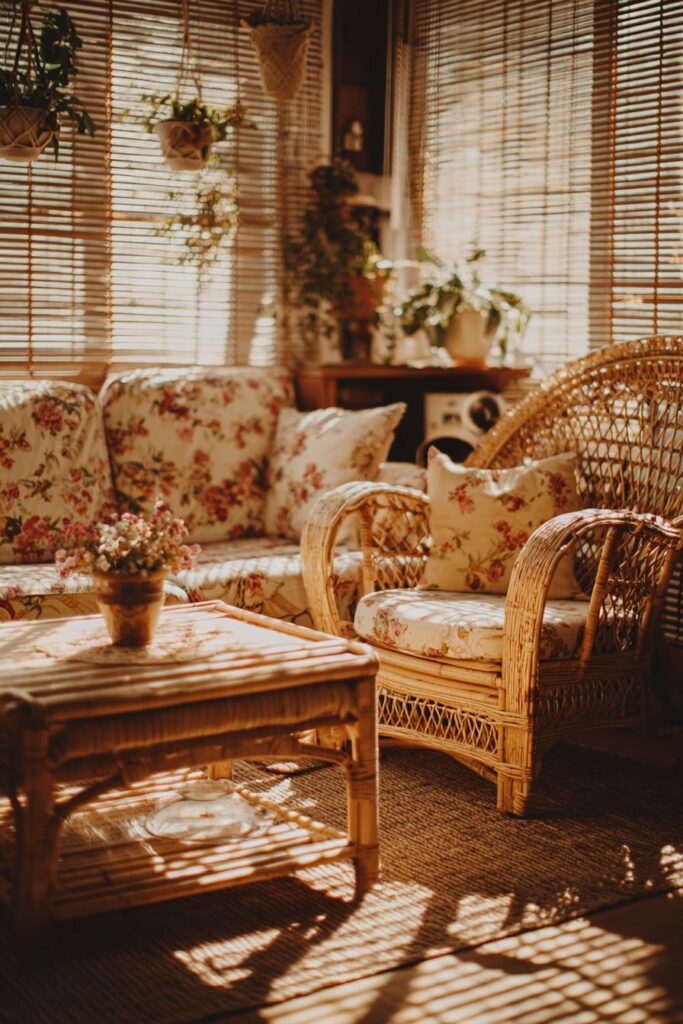
A vintage bamboo coffee table centers the space on a jute rug with natural texture, both elements emphasizing the bohemian aesthetic’s preference for natural, sustainable materials. The bamboo’s visible nodes and natural color variations create organic interest while its lightweight construction maintains the airy feeling essential to bohemian spaces. The jute rug’s rough, nubby texture grounds the furniture arrangement while its neutral sandy tones provide restful foundation for the room’s eclectic elements. Natural light filters through bamboo blinds creating dappled shadows that change throughout the day, adding dynamic visual interest while the blinds’ natural material coordinates with the wicker, rattan, bamboo, and jute furnishings. This relaxed, nature-focused space celebrates handcrafted elements, sustainable materials, and the free-spirited bohemian lifestyle.
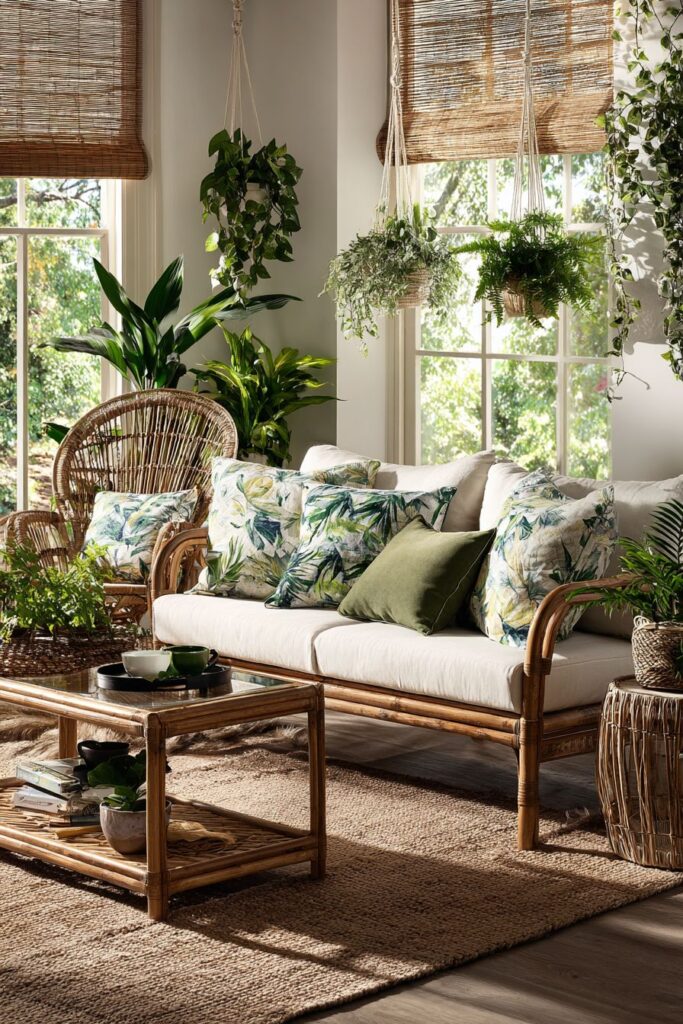
Key Design Tips:
- Select iconic vintage wicker pieces like peacock chairs for dramatic bohemian focal points
- Accept natural aging in wicker and rattan as authentic character rather than damage
- Use macramé plant hangers to display trailing plants and add handcrafted textile interest
- Choose bamboo furniture for lightweight, sustainable pieces with natural organic beauty
- Layer jute rugs for natural texture and neutral foundation beneath eclectic furnishings
- Install bamboo blinds to filter light naturally while maintaining cohesive natural material palette
Why These Vintage Living Room Designs Represent the Best in Timeless Interior Style
These twenty vintage living room concepts represent the pinnacle of timeless interior design, each showcasing why vintage aesthetics continue to captivate homeowners, designers, and design enthusiasts seeking spaces with genuine character and soul. The vintage living room style offers unparalleled advantages over contemporary mass-produced interiors, beginning with authenticity—these spaces feature genuine antique furniture, vintage textiles, and period-appropriate accessories that carry actual history rather than attempting to manufacture aged appearance through distressing techniques. This authenticity creates living rooms with depth and meaning that simply cannot be replicated through modern manufacturing.
The sustainability aspect of vintage living room design has become increasingly relevant as environmental consciousness grows. By incorporating antique furniture, vintage rugs, reclaimed materials, and pre-owned accessories, these vintage living rooms exemplify the ultimate in sustainable interior design—reusing and celebrating existing materials rather than contributing to furniture industry waste and environmental impact. A vintage living room filled with mid-century modern furniture, antique display cabinets, Victorian seating, and repurposed vintage pieces demonstrates that the most environmentally responsible design choice is often choosing vintage over new. This approach aligns perfectly with contemporary values around sustainability, mindful consumption, and environmental stewardship.
The craftsmanship evident in vintage living room furniture represents another key advantage. Antique Chesterfield sofas with hand-tufted upholstery, carved wooden frames with detailed scrollwork, hand-woven Persian rugs, and brass hardware individually cast and finished—these vintage elements showcase construction quality and attention to detail rarely found in modern mass-produced furniture. When you invest in a vintage living room aesthetic, you’re investing in furniture built to last generations rather than years, pieces whose joints were carefully hand-fitted, whose wood was properly aged and selected, whose upholstery was attached with traditional techniques that allow for future reupholstering. This superior craftsmanship means vintage living room furniture often outlasts contemporary pieces by decades.
The versatility of vintage living room design allows for endless personalization and creative expression. Unlike following rigid contemporary design trends that quickly feel dated, vintage living rooms can incorporate elements from multiple eras—mixing Victorian romance with mid-century modern simplicity, combining art deco glamour with rustic farmhouse warmth, or blending bohemian wicker with refined antique furniture. This eclectic approach, when done thoughtfully, creates living rooms that feel collected over time rather than decorated all at once, spaces that evolve organically as you discover new vintage treasures at antique markets, estate sales, and vintage shops.
The color palettes available in vintage living room design offer richness and sophistication that contemporary trends often lack. Deep burgundy velvet, tobacco leather, forest green upholstery, peacock blue damask, mustard yellow mid-century fabrics—these are colors with depth and complexity that create warm, inviting atmospheres. Vintage living rooms embrace jewel tones, earth tones, and softly faded pastels rather than the stark whites and grays that dominate contemporary design. These vintage color schemes create living rooms that feel wrapped and cozy rather than cold and clinical, spaces that invite you to settle in with a book rather than worry about making a mess.
The textural variety in vintage living rooms creates sensory richness that engages multiple senses beyond just visual appeal. Worn Persian rugs beneath your feet, smooth worn leather under your hand, nubby linen upholstery, cool brass hardware, rough jute fibers, soft velvet pile, carved wood details—vintage living rooms offer tactile experiences that modern spaces often lack. This textural variety comes naturally from the diverse materials and construction techniques used in different periods, creating living rooms where every surface offers interesting sensory engagement.
The architectural details preserved or celebrated in vintage living rooms—original crown molding, picture rail systems, exposed ceiling beams, built-in bookcases, original hardwood floors—represent features that add significant value to homes while creating architectural interest impossible to achieve in newer construction. These vintage architectural elements provide the bones for exceptional living room design, offering features that contemporary builders rarely include due to cost constraints. A vintage living room that celebrates original millwork, preserves period windows, and highlights structural elements demonstrates respect for architectural heritage while creating spaces with character and distinction.
The lighting approaches in vintage living rooms favor layered, ambient illumination over harsh overhead fixtures. Vintage table lamps with fabric shades, brass floor lamps with adjustable arms, crystal chandeliers, antique pendant lights with milk glass shades—these vintage lighting solutions create warm, flattering illumination that makes everyone look better and feel more comfortable. The soft, diffused light from vintage fixtures creates atmospheric shadows and highlights that emphasize texture and create visual drama impossible to achieve with contemporary recessed lighting or harsh LED fixtures.
The storytelling capacity of vintage living rooms distinguishes them from contemporary spaces. Each antique piece carries history—the steamer trunk that crossed oceans, the secretary desk where generations wrote letters, the vintage photographs in silver frames, the Persian rug woven by hand decades ago. These objects transform living rooms into narrative spaces where family history, cultural heritage, and personal collecting interests all find expression. A vintage living room tells stories about where you’ve been, what you value, and who you are in ways that a showroom-designed contemporary space simply cannot.
The investment value of quality vintage furniture often appreciates rather than depreciates, unlike contemporary furniture that loses value the moment you purchase it. Antique furniture in good condition, particularly pieces from recognized periods and makers, tends to hold or increase in value over time. Your vintage living room isn’t just beautiful and functional—it’s potentially a collection of appreciating assets. This makes vintage living room design not only aesthetically superior but also financially intelligent.
The timelessness of vintage living room design means these spaces never truly go out of style. While contemporary design trends cycle rapidly—this year’s hot look becomes next year’s dated mistake—vintage living rooms remain perpetually appealing because they reference established historical periods rather than following fleeting trends. A well-designed Victorian living room, mid-century modern space, or art deco interior looked beautiful when created and will continue looking beautiful for generations to come. This timelessness provides both aesthetic security and long-term design satisfaction.
The comfort factor in vintage living rooms often exceeds contemporary spaces because vintage furniture was designed for actual living rather than just looking good in photographs. Deep Chesterfield sofas invite sinking in, wingback chairs provide supportive reading spots, fainting couches offer places to recline, club chairs embrace you in leather comfort—vintage furniture prioritizes human comfort and usability. Combined with layered textiles, warm color schemes, and human-scale accessories, vintage living rooms create genuinely comfortable spaces where people want to spend time rather than just admire from doorways.
The uniqueness guaranteed by vintage living room design ensures your space will never look like your neighbor’s or like the pages of a contemporary furniture catalog. Because genuine vintage pieces are one-of-a-kind or limited in availability, your vintage living room becomes truly unique—nobody else will have exactly your combination of antique furniture, vintage accessories, and period elements. This uniqueness provides satisfaction for homeowners tired of seeing the same mass-produced furniture in every home they visit.
The cultural and historical education embedded in vintage living room design offers ongoing learning opportunities about furniture history, decorative arts, craftsmanship techniques, and design evolution. Building a vintage living room naturally leads to research about different periods, understanding construction techniques, learning to identify authentic pieces, and developing appreciation for design history. This educational aspect transforms decorating from mere shopping into an enriching hobby that develops expertise and connoisseurship.
The mix-and-match flexibility of vintage living room design liberates you from matching furniture sets and rigid design rules. Mismatched vintage armchairs flanking a fireplace, botanical prints in different frame styles, side tables from various periods—vintage living rooms celebrate eclectic combinations that would seem chaotic in contemporary spaces but feel perfectly natural in vintage contexts. This flexibility makes vintage design more forgiving and accessible, allowing you to collect pieces gradually as you find them rather than requiring complete room purchases.
The patina and aging celebrated in vintage living rooms creates beauty that improves with time rather than deteriorating. The darkened brass hardware, faded fabrics, worn leather, softened rugs—these signs of age add character and authenticity rather than indicating need for replacement. This appreciation for natural aging changes your relationship with possessions, valuing them more as they age rather than constantly seeking to replace them with something newer. A vintage living room teaches patience, appreciation, and mindfulness about material culture.
The social atmosphere created by vintage living rooms tends toward warmth and hospitality rather than intimidating perfection. The slightly worn fabrics, lived-in character, and evident history all communicate that these are spaces meant for actual living—places where guests need not worry about disturbing perfect arrangements or damaging pristine furnishings. This relaxed, welcoming atmosphere makes vintage living rooms ideal for entertaining, conversation, and building community.
The connection to craftsmanship traditions preserved through vintage living rooms helps maintain cultural memory of traditional techniques and values. By celebrating hand-carved furniture, traditional upholstery, artisan metalwork, and handwoven textiles, vintage living rooms keep these traditions alive and relevant. This connection to craft heritage enriches contemporary life while honoring the skills and dedication of past craftspeople.
The romantic appeal of vintage living rooms satisfies deep human longing for connection to the past, beauty with meaning, and spaces that feel like they have souls. There’s undeniable romance in reading by firelight in a Victorian wingback chair, entertaining guests around an antique secretary desk, or relaxing on a mid-century modern sofa while vintage jazz plays on a repurposed radio cabinet. Vintage living rooms provide settings for living beautifully and mindfully, creating everyday experiences infused with aesthetic pleasure and historical resonance.
These twenty vintage living room designs showcase why this approach to interior design represents the best choice for homeowners seeking beauty, authenticity, sustainability, quality, comfort, uniqueness, and timeless appeal. Whether you’re drawn to Victorian elegance, mid-century modern simplicity, and rustic farmhouse warmth, art deco glamour, or bohemian eclecticism, vintage living room design offers paths to creating spaces that truly feel like home — not just for now but for generations to come.
Conclusion
The journey through these twenty vintage living room concepts reveals the extraordinary diversity and enduring appeal of vintage interior design. From the burgundy Chesterfield elegance to the bohemian wicker paradise, each space demonstrates how thoughtfully selected vintage furniture, authentic period details, and appreciation for natural aging create living rooms with soul and character that contemporary design struggles to achieve. These vintage living rooms aren’t museum recreations but living spaces that honor the past while serving present needs, proving that the most beautiful and meaningful interiors often come from celebrating rather than disguising age and history.
Creating your own vintage living room begins with understanding which historical periods resonate with your personal aesthetic and lifestyle needs. Perhaps you’re drawn to Victorian romance with its ornate carvings and rich textiles, or maybe mid-century modern simplicity speaks to your appreciation for clean lines and organic forms. Start by identifying a few key vintage pieces—perhaps an antique sofa, a statement cabinet, or a beautiful rug—and build your room gradually around these anchors, adding complementary pieces as you discover them. Remember that authentic vintage design develops over time rather than happening overnight, embracing the treasure hunt of finding perfect pieces at antique markets, estate sales, and vintage shops.
Most importantly, trust your instincts and personal taste rather than rigidly following design rules. The beauty of vintage living room design lies in its flexibility and acceptance of eclecticism—mixing periods, styles, and pieces in ways that feel right to you. Embrace imperfections, celebrate patina and aging, choose pieces with stories that resonate with your life, and create a living room that truly reflects your personality and values. Your vintage living room should be a space where you feel completely comfortable and authentically yourself, surrounded by beautiful objects that bring daily joy and connect you to the rich traditions of craftsmanship, design, and home-making that have enriched human life for generations.
